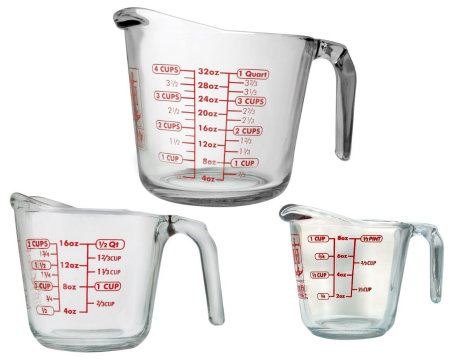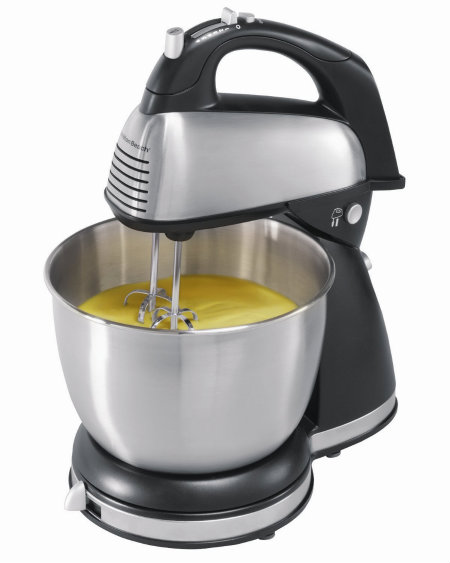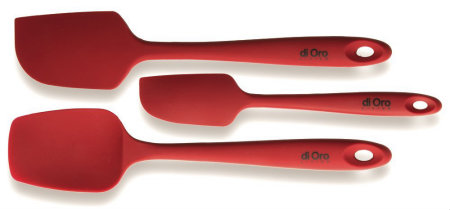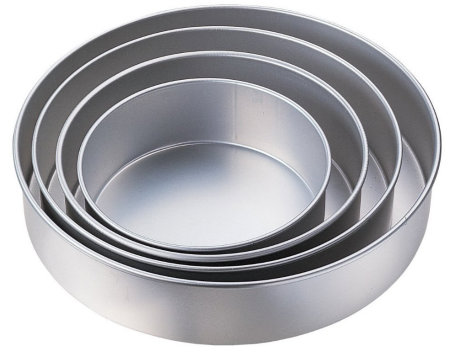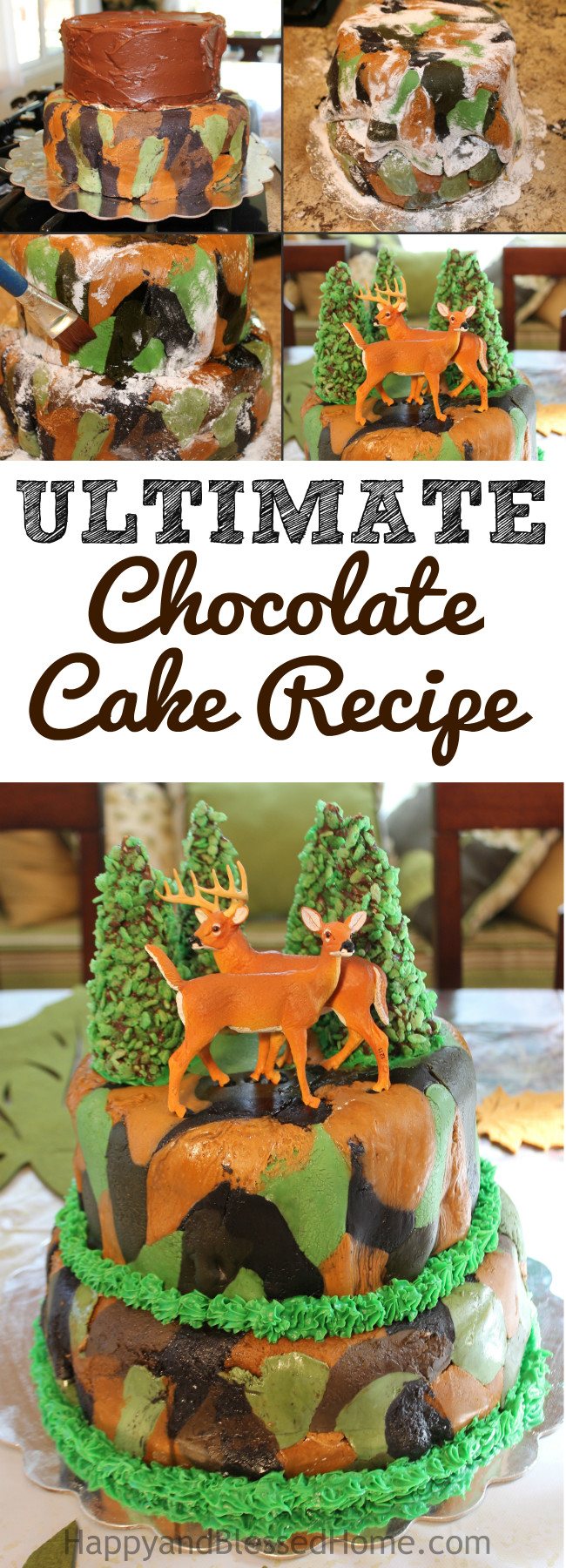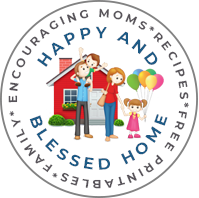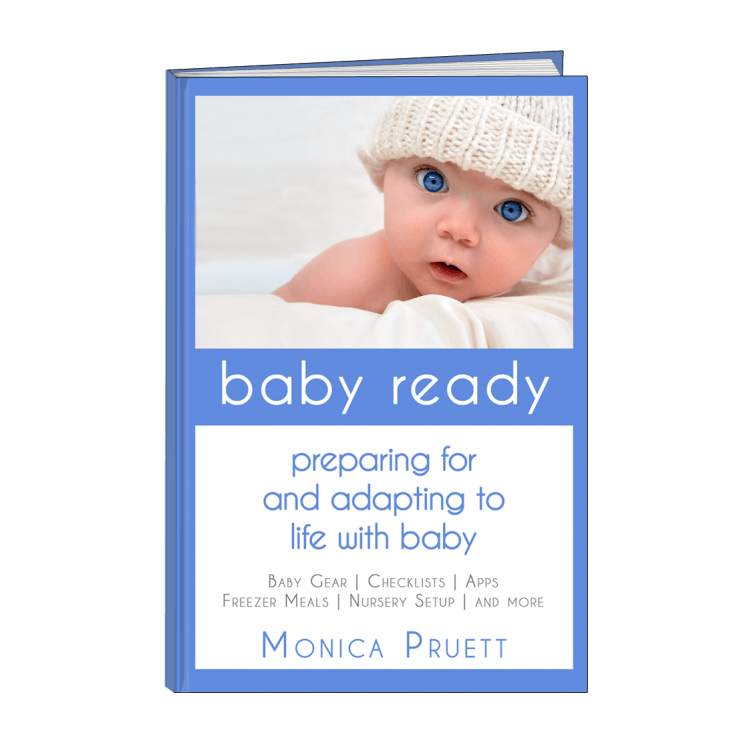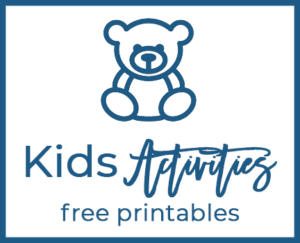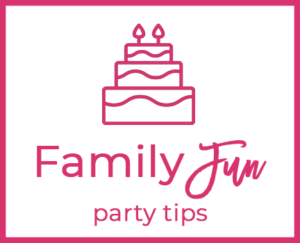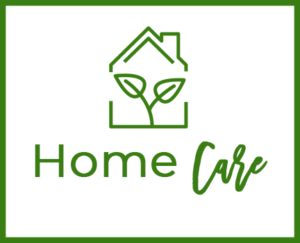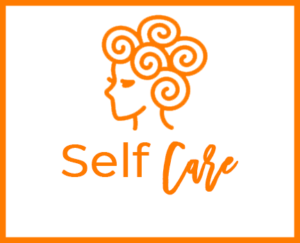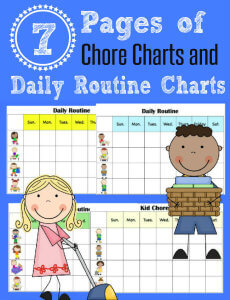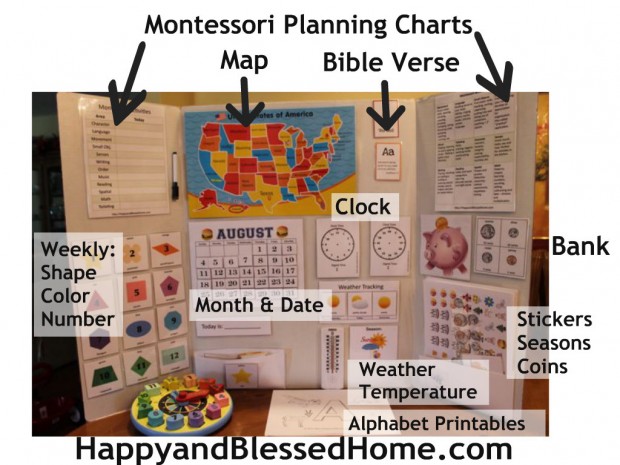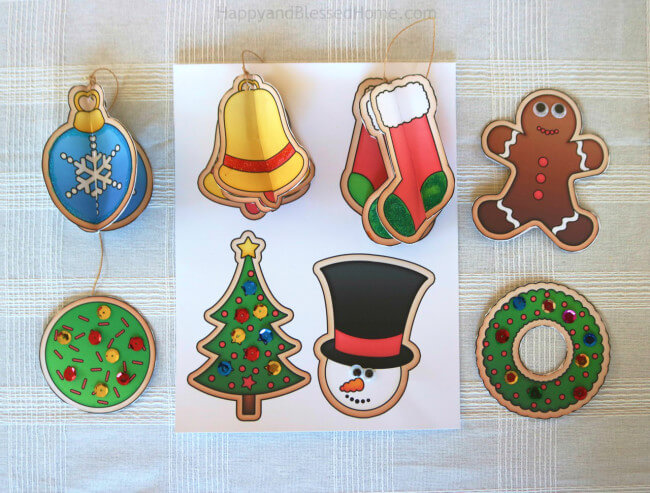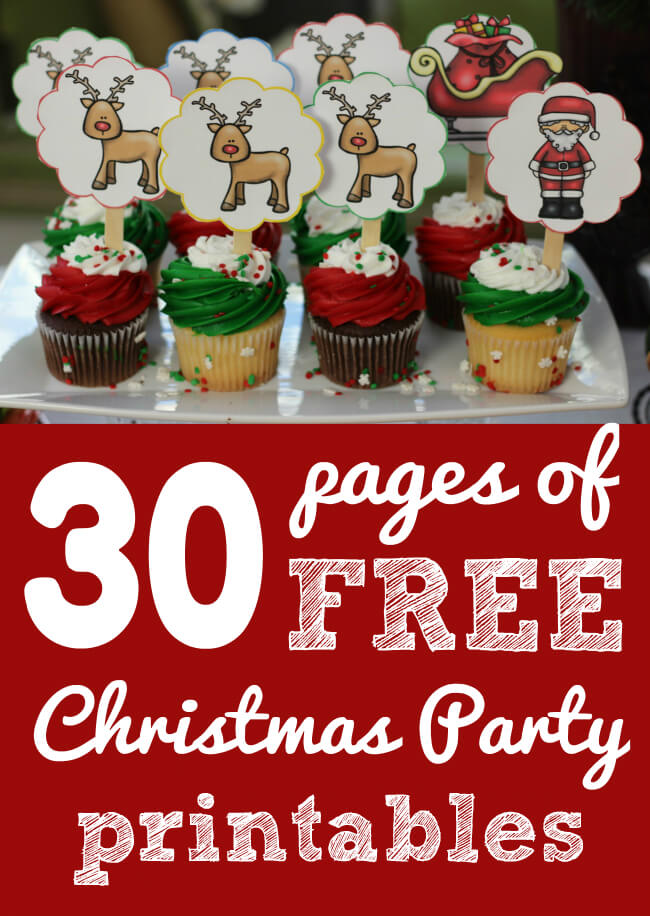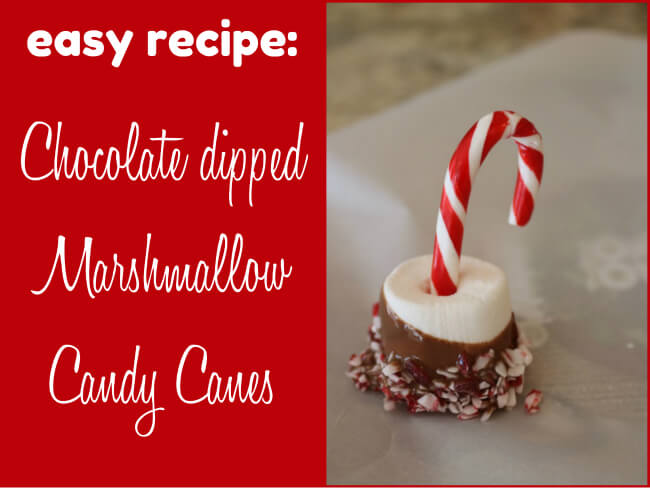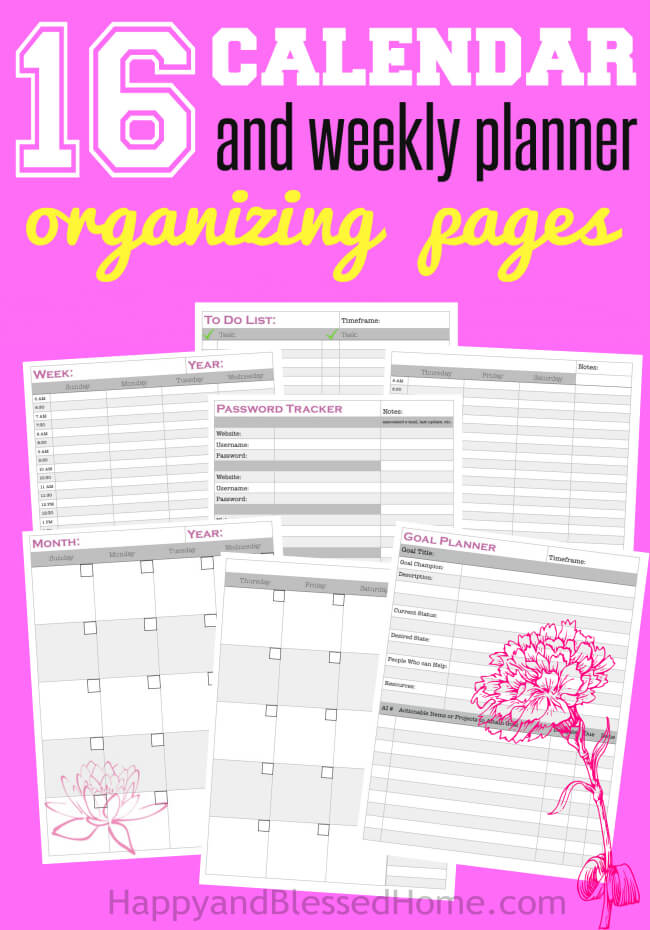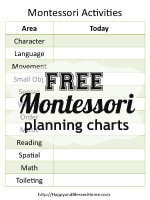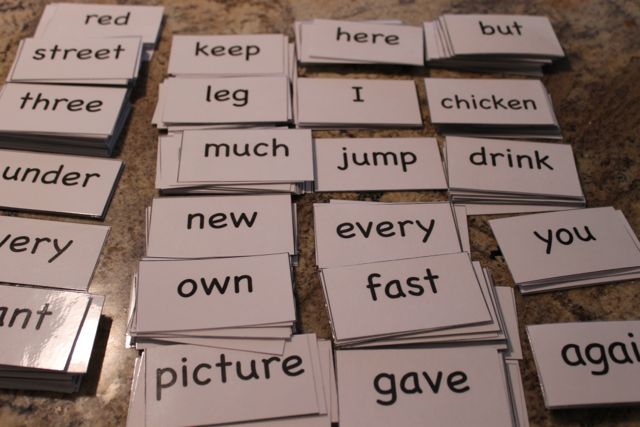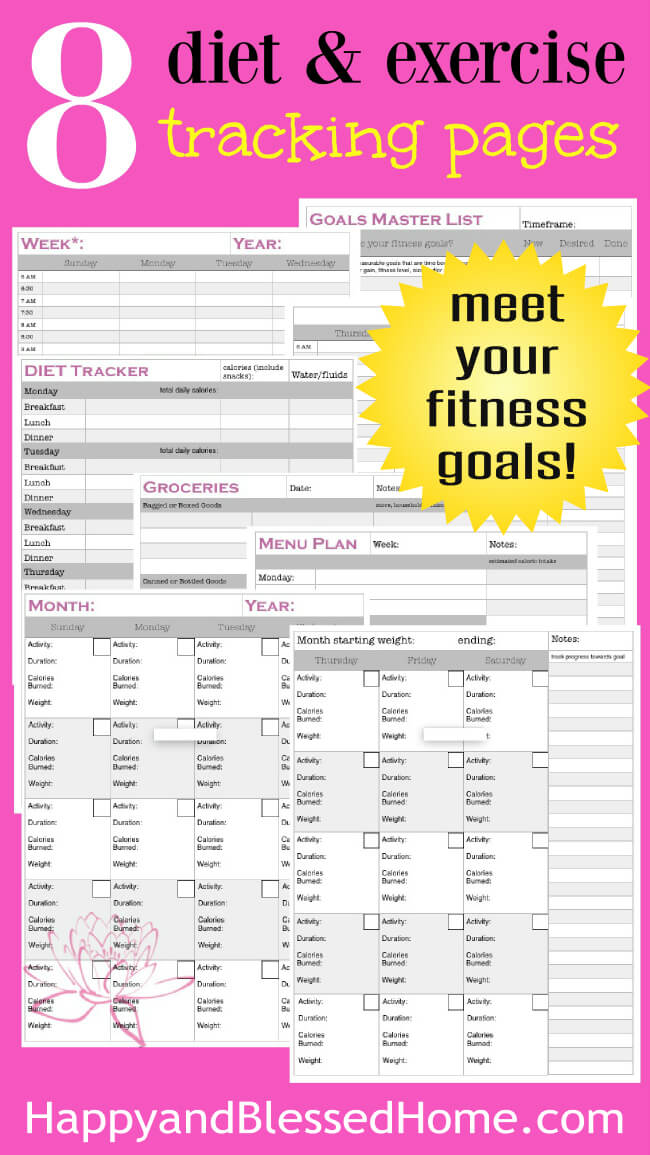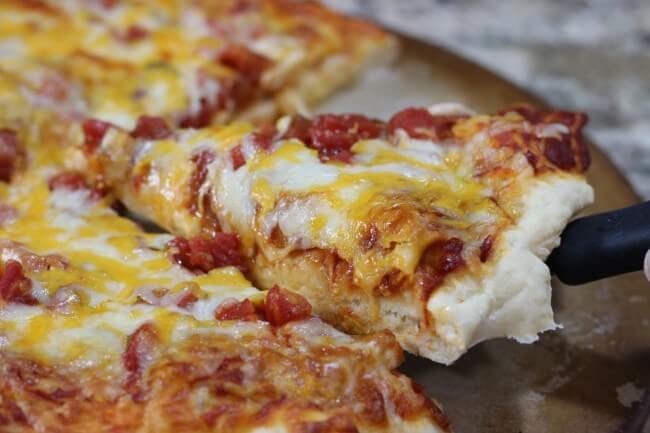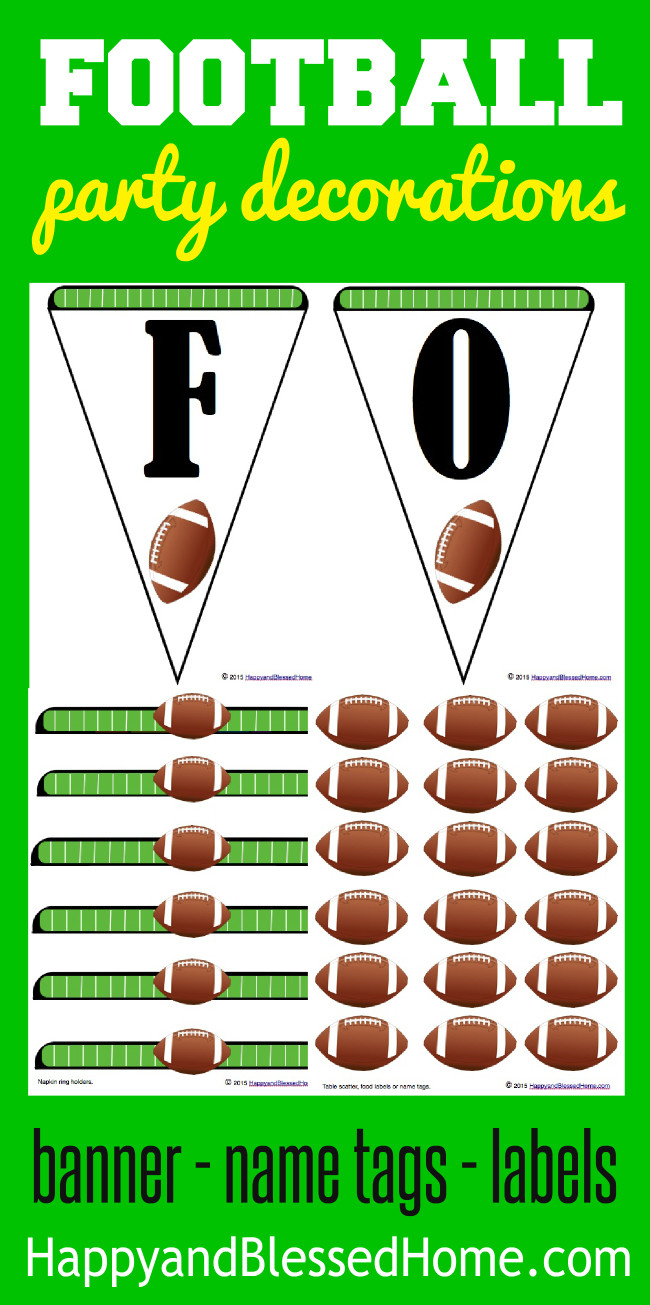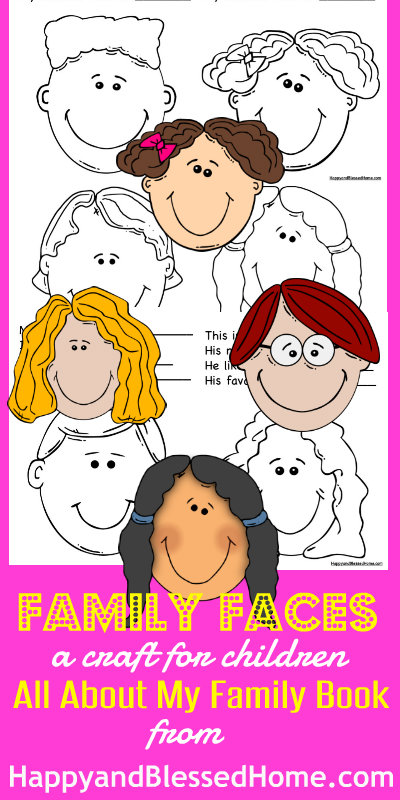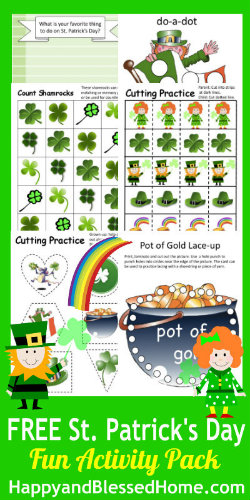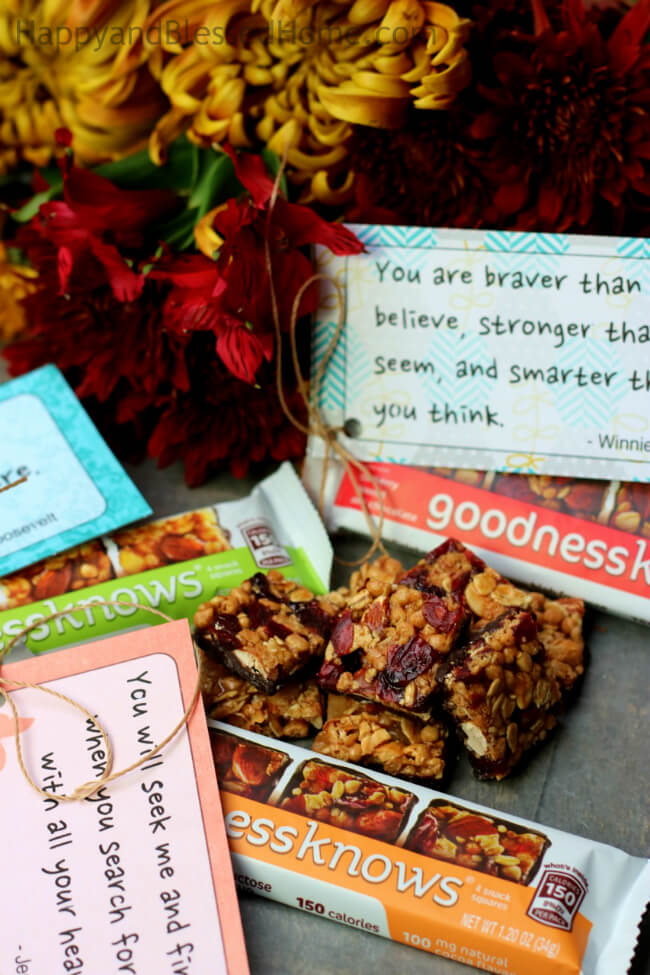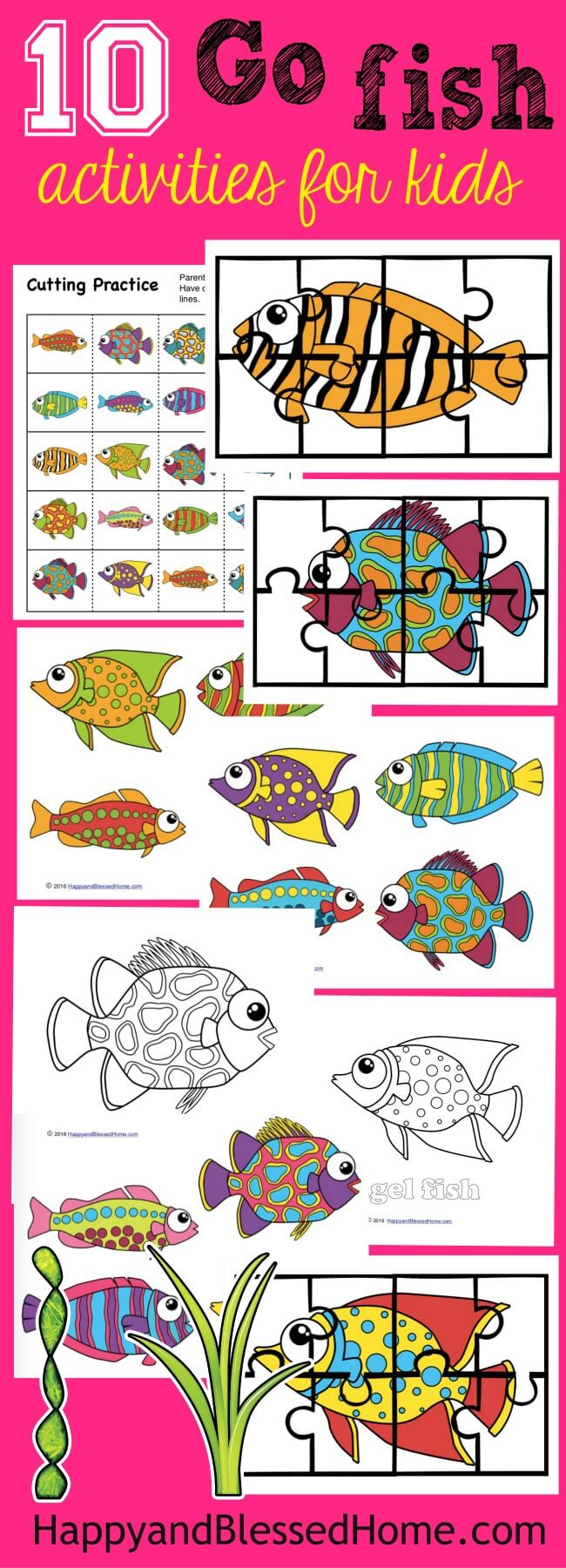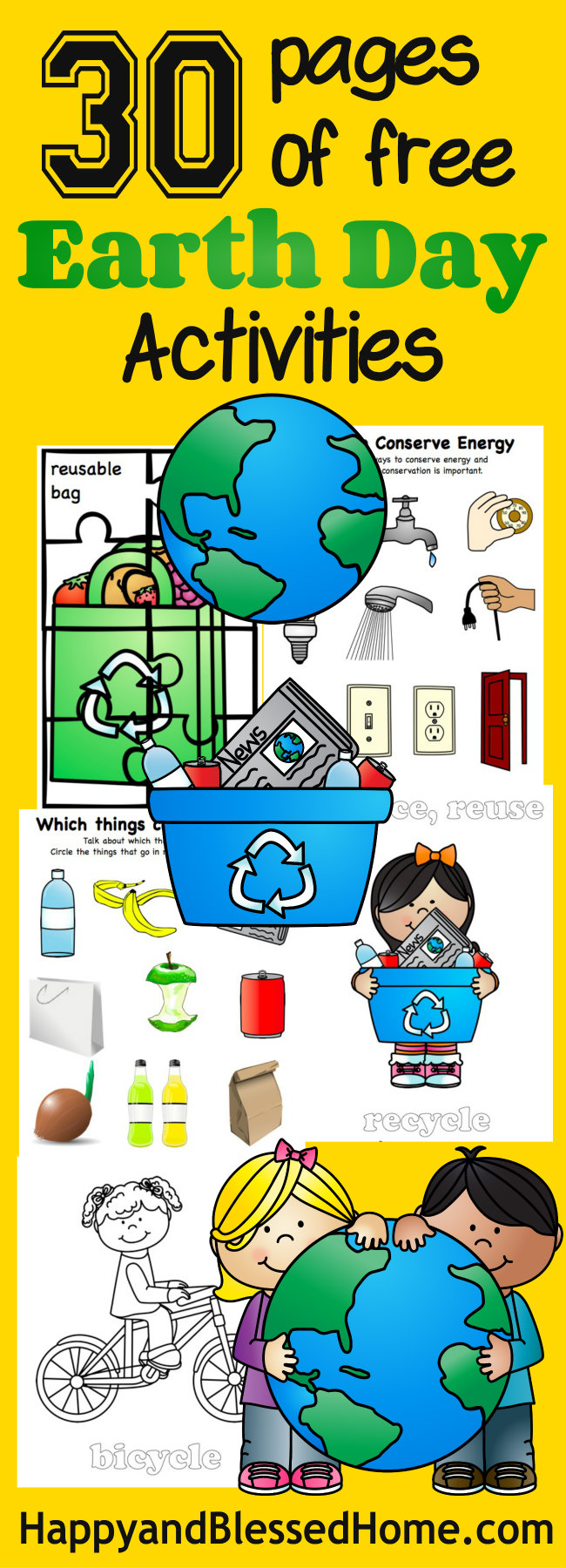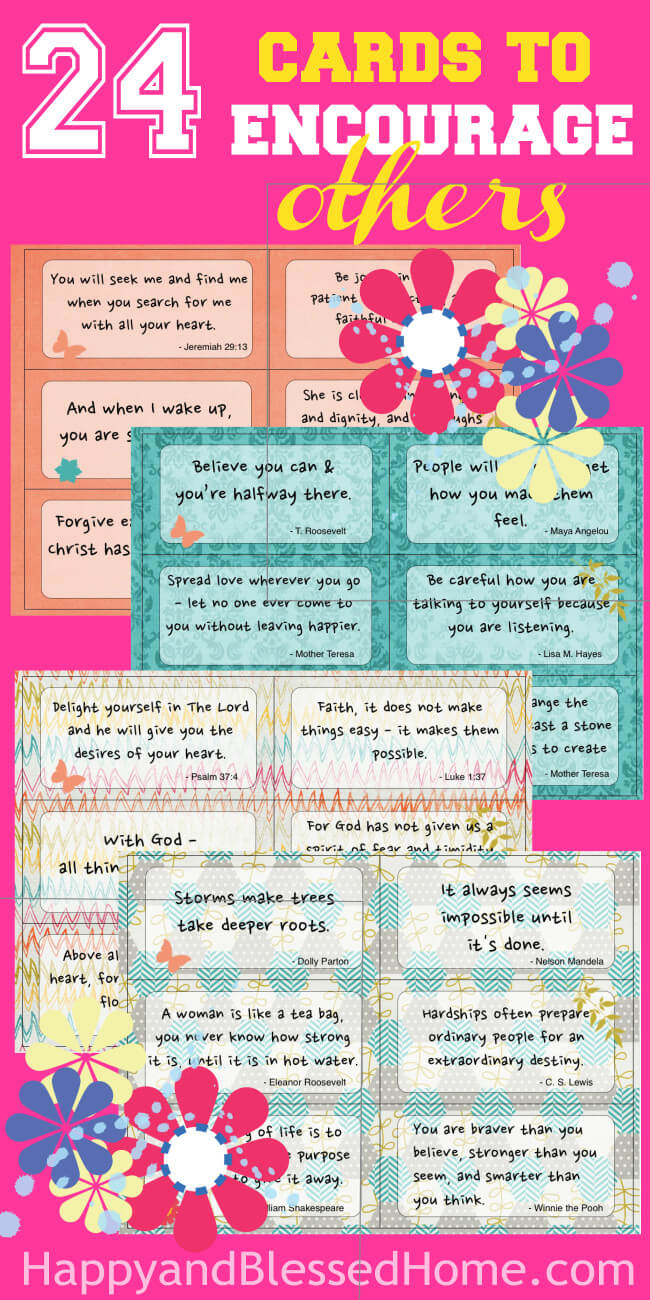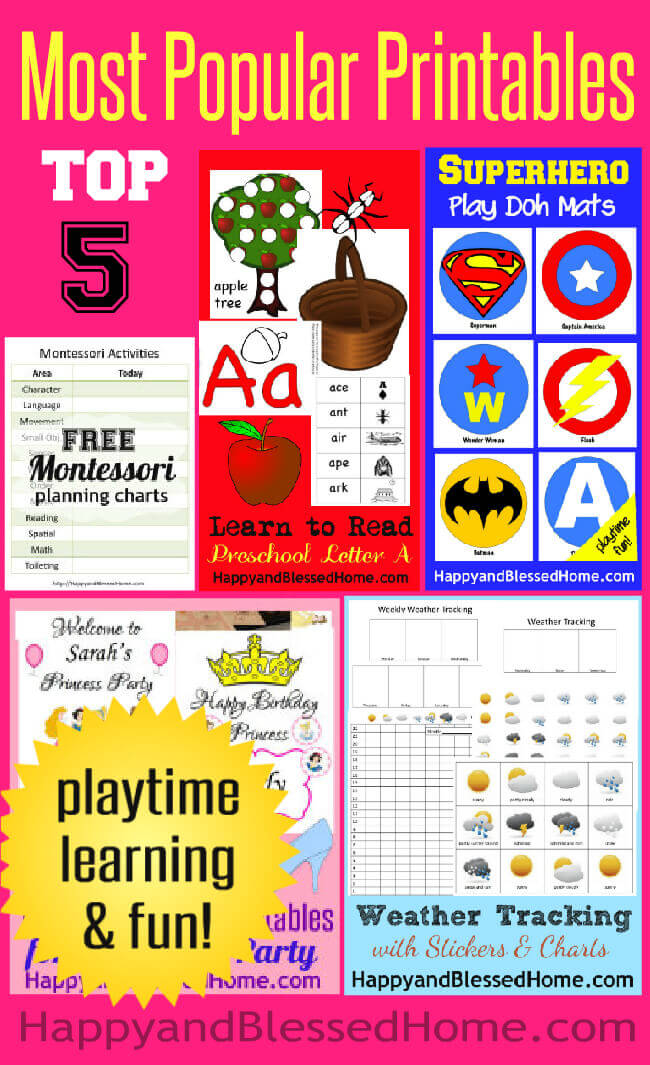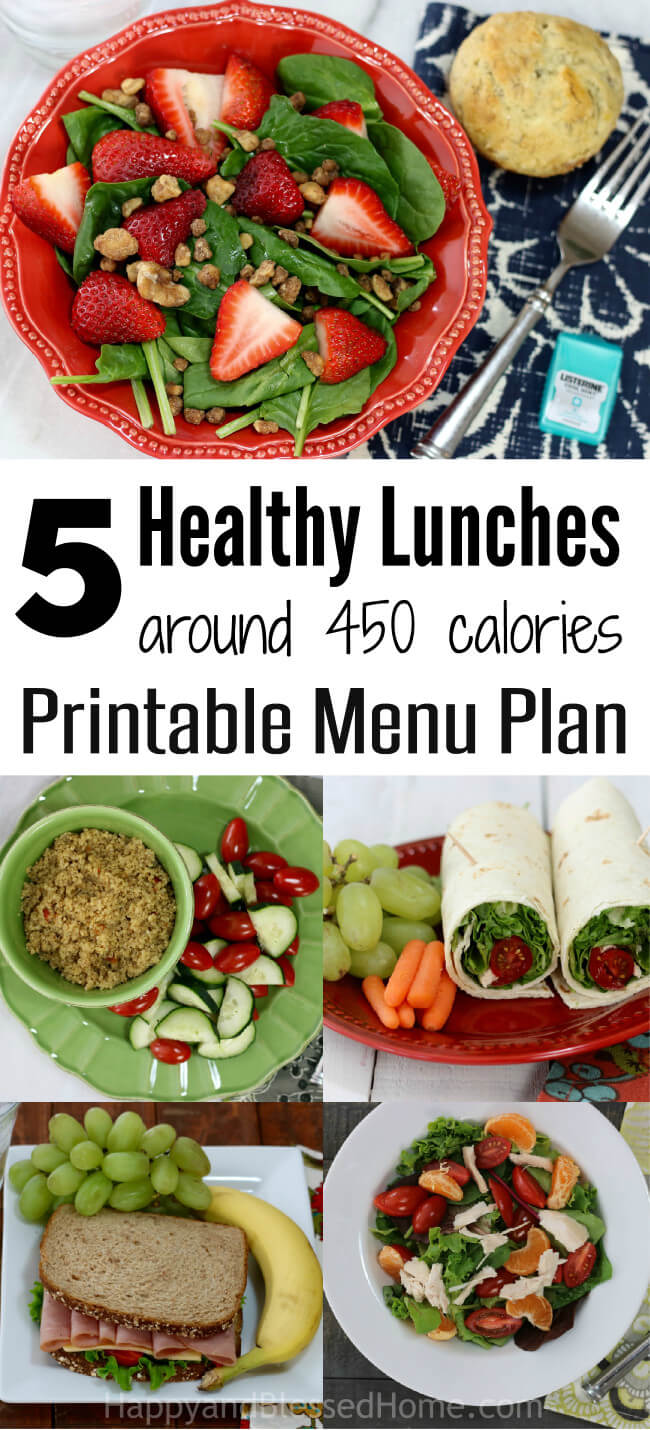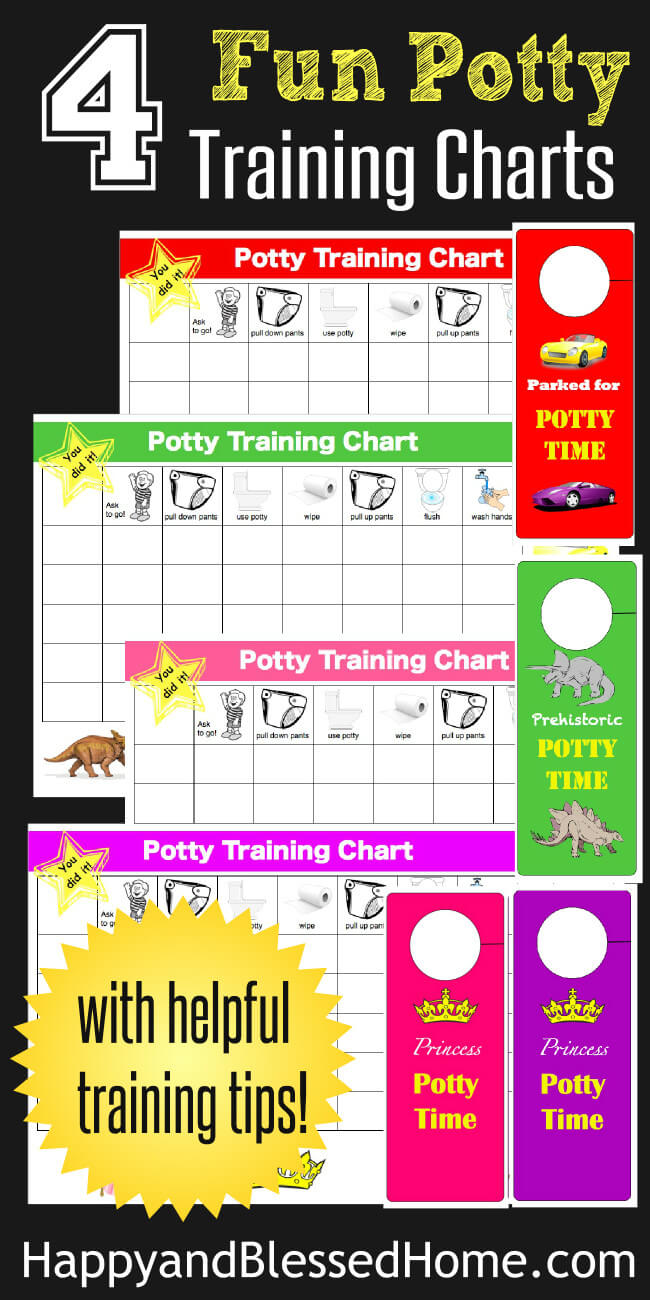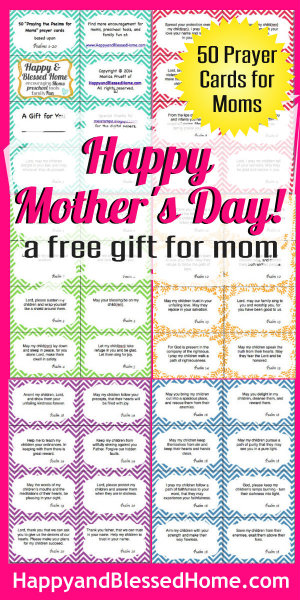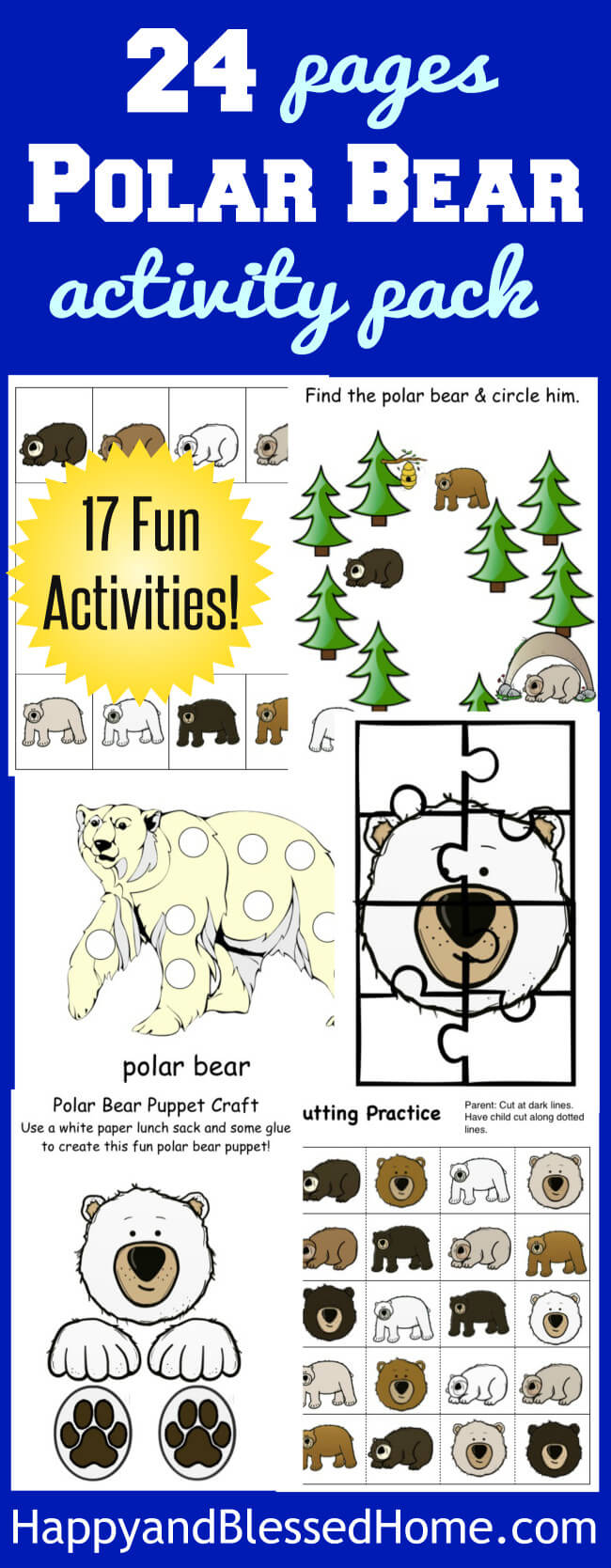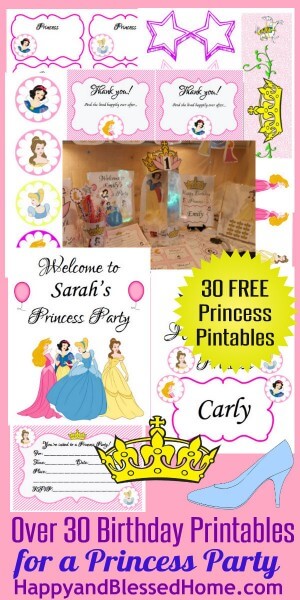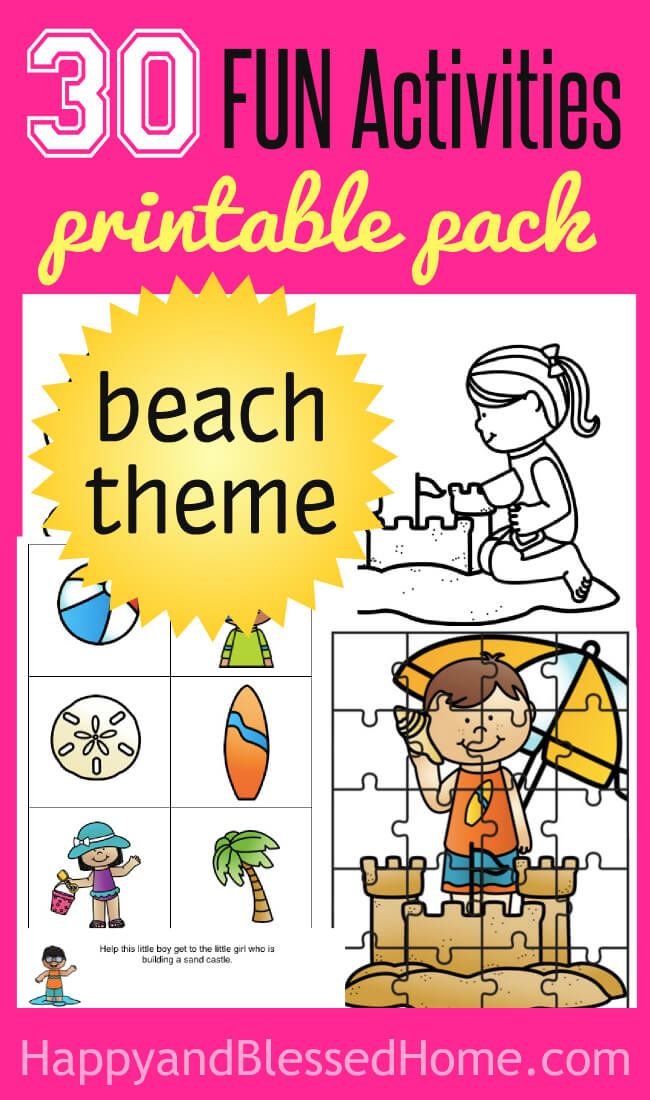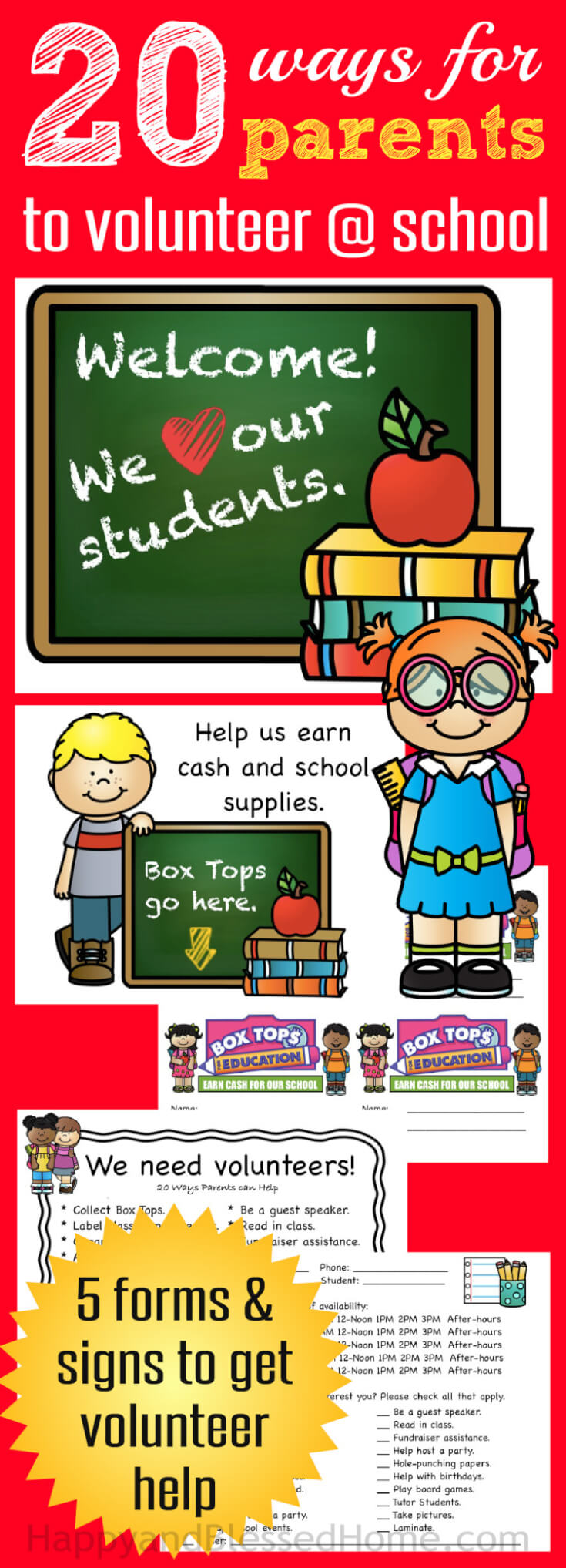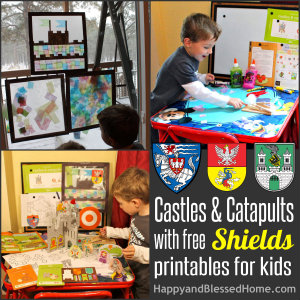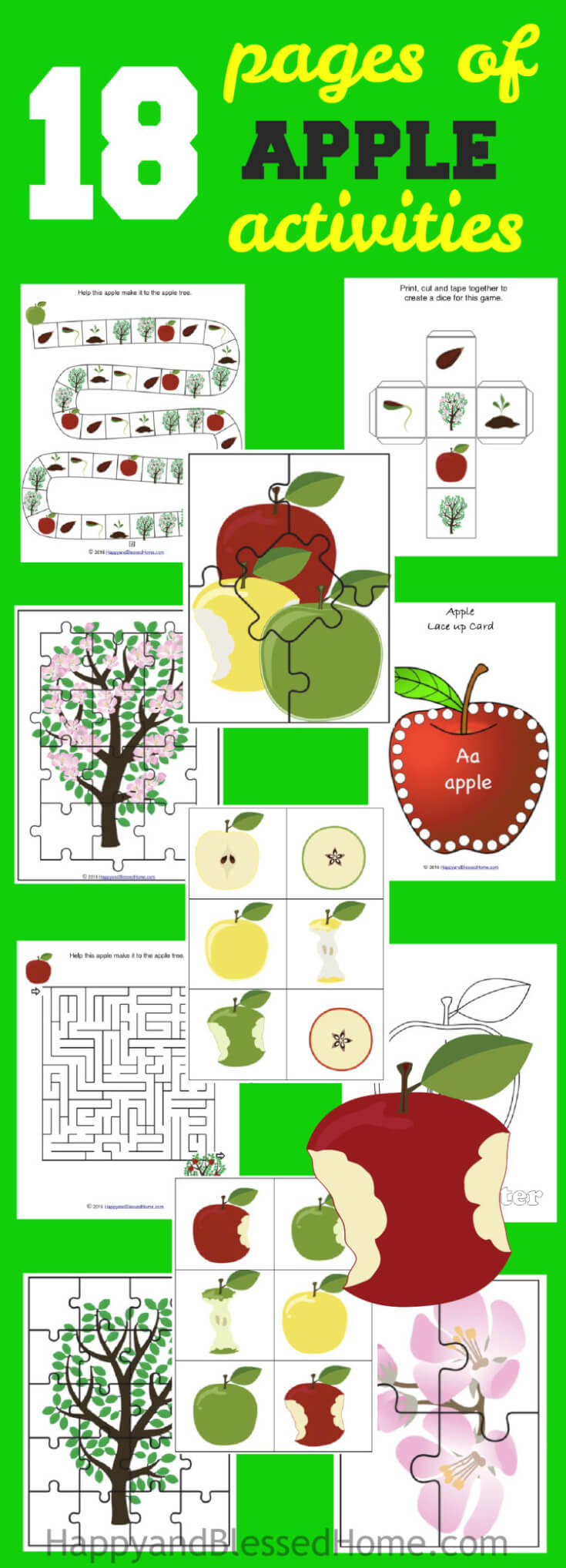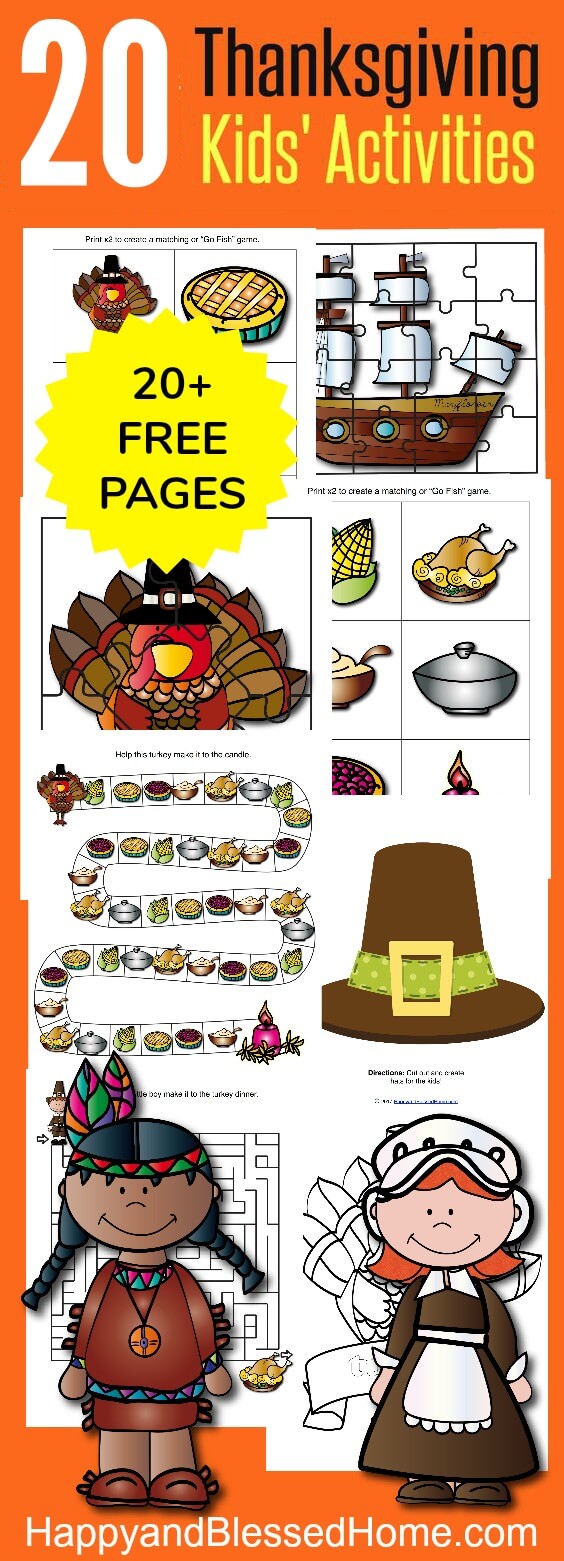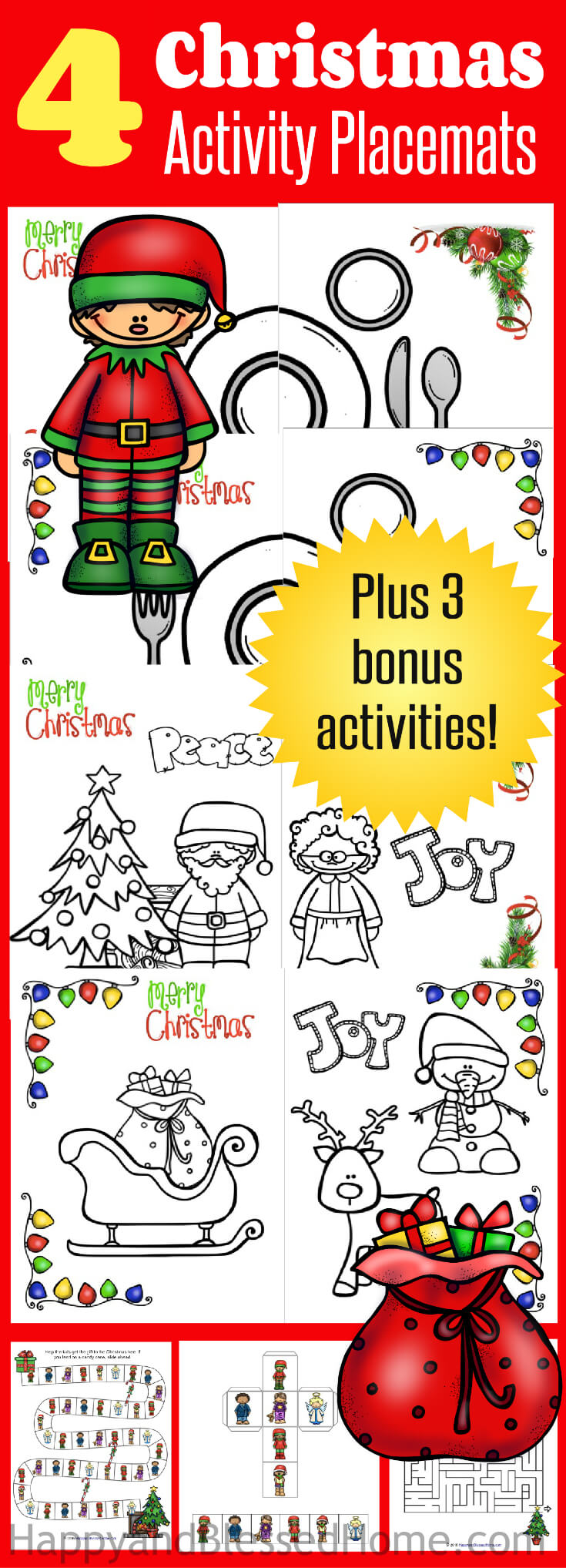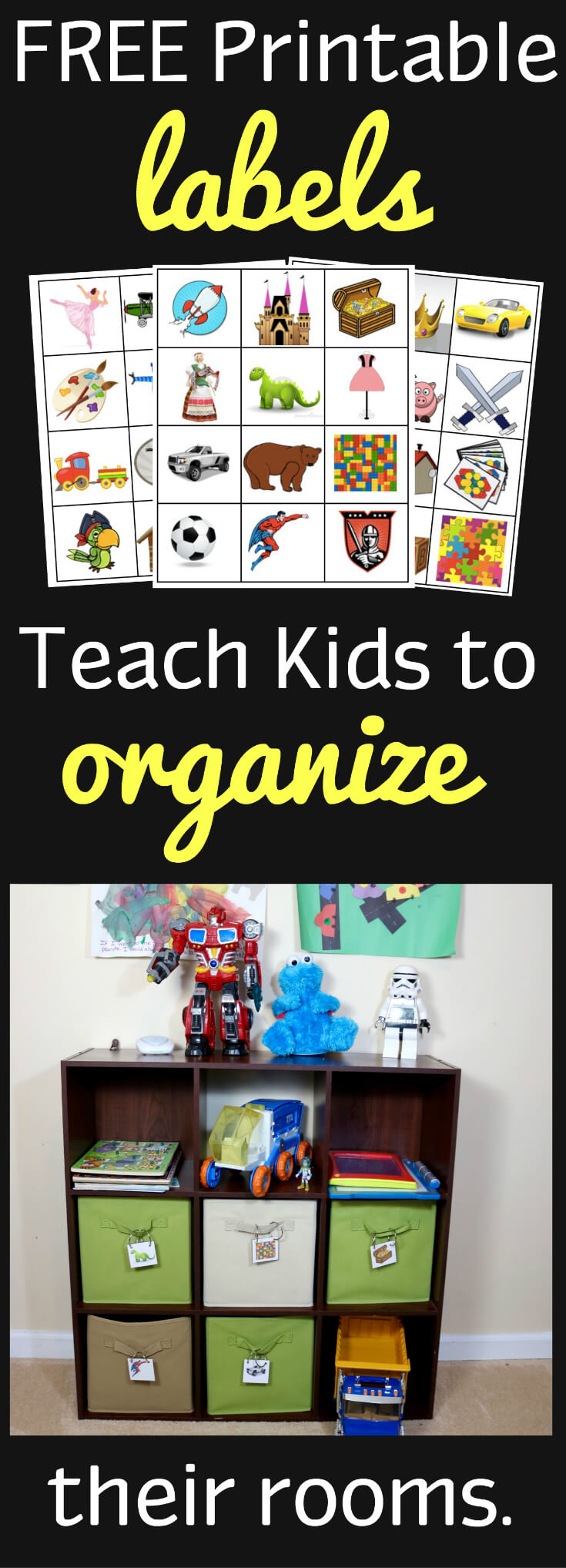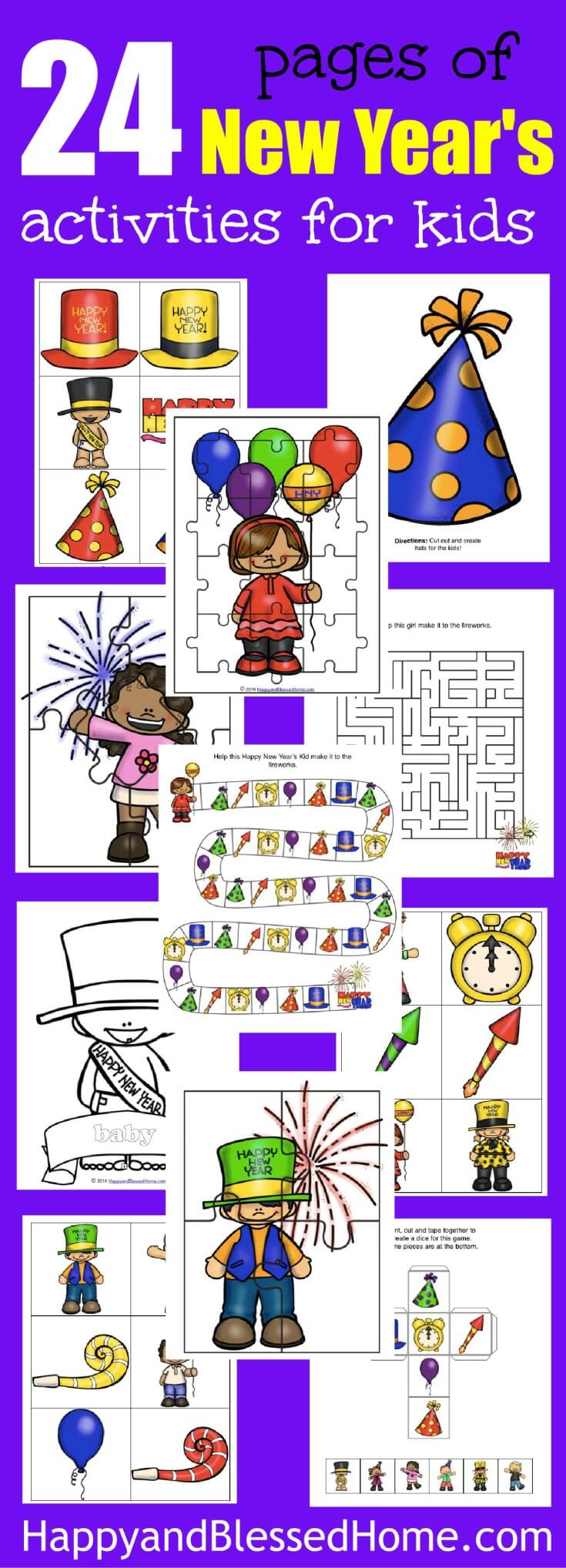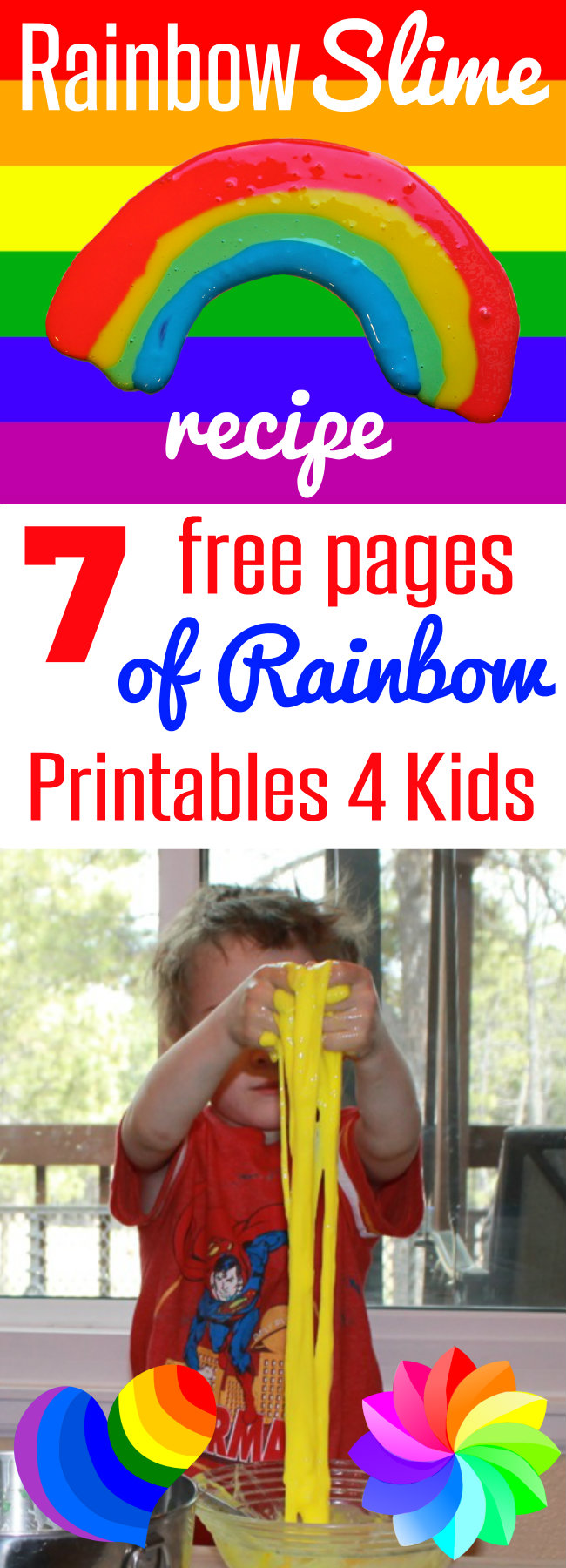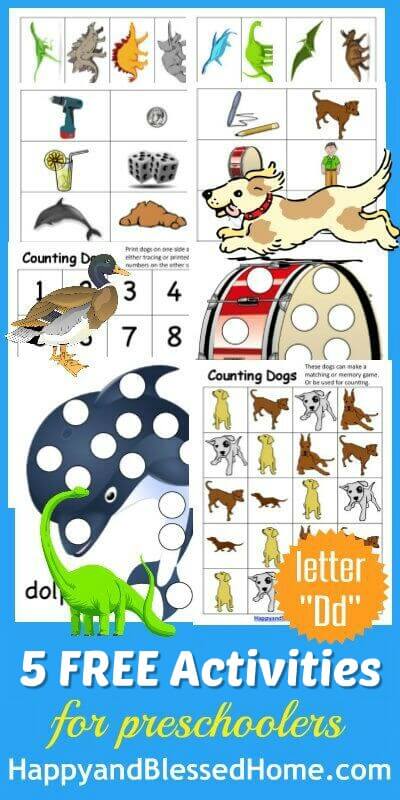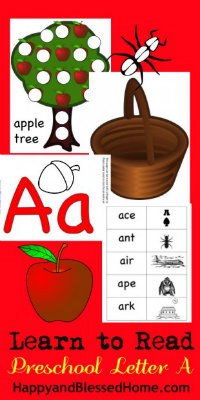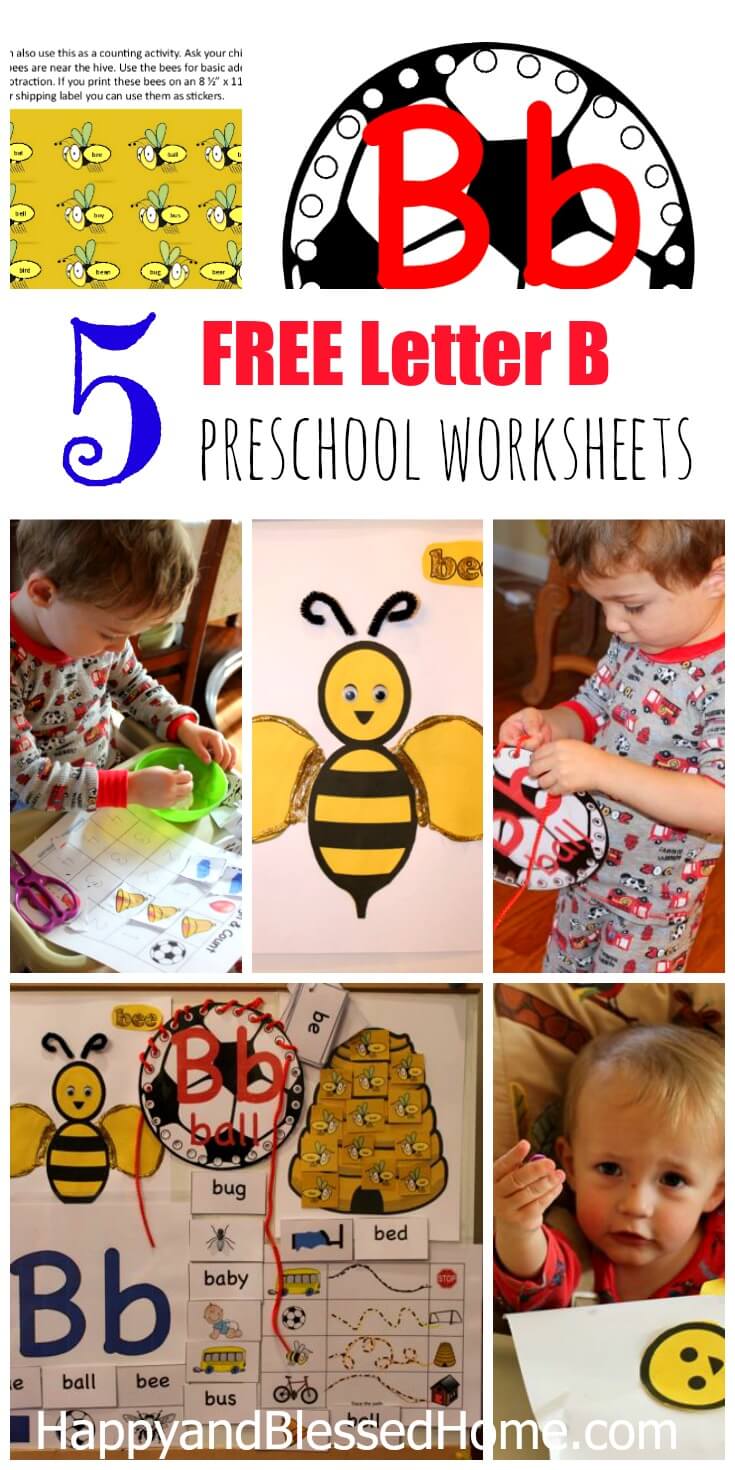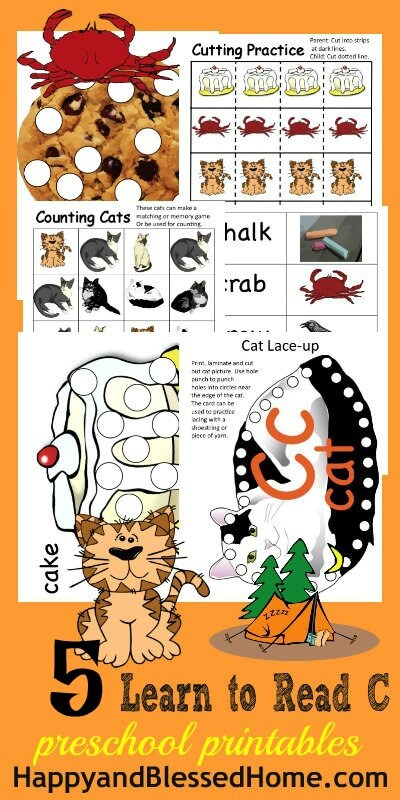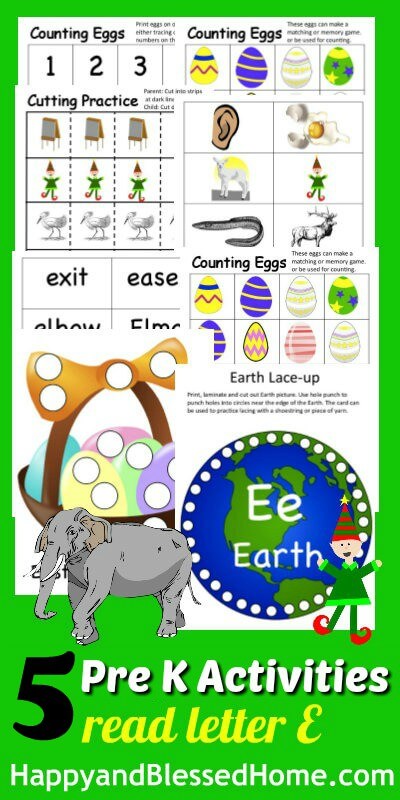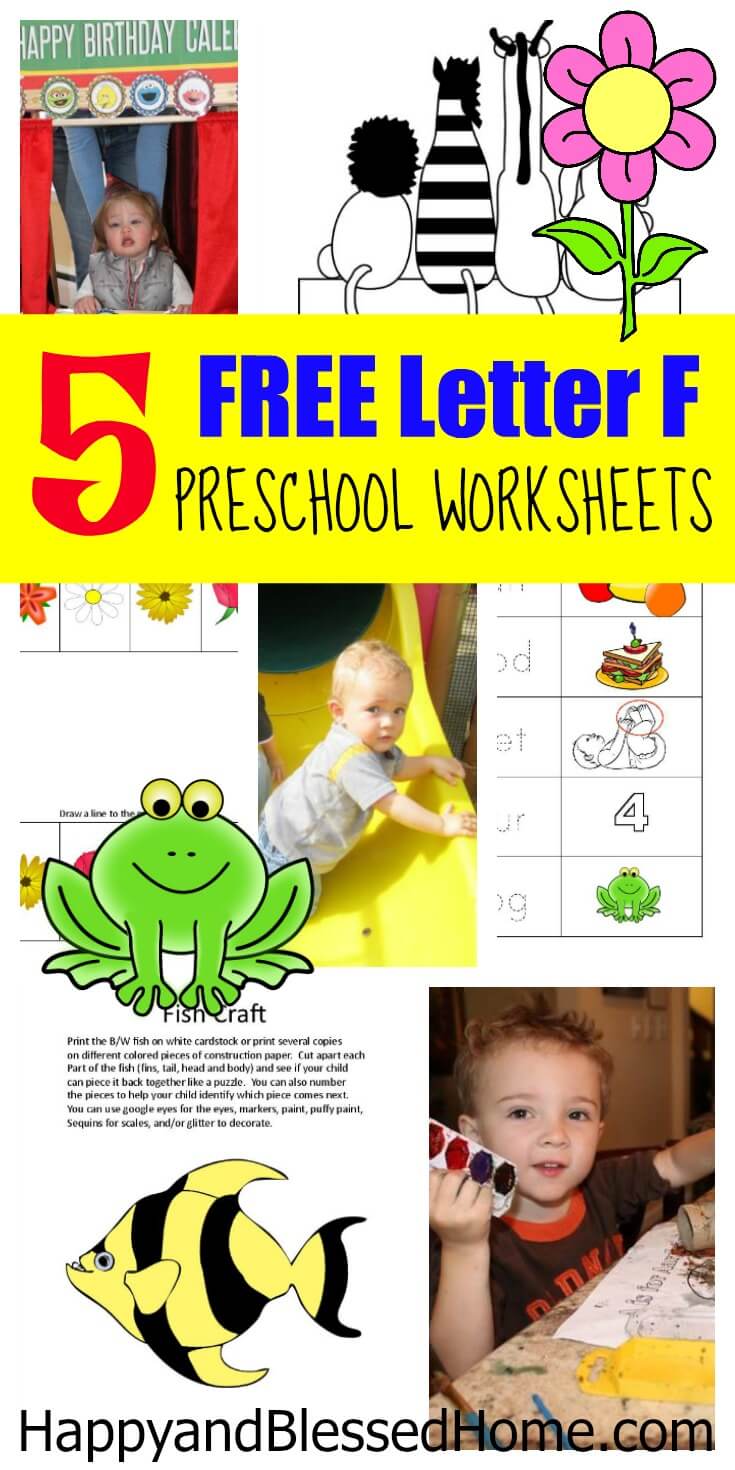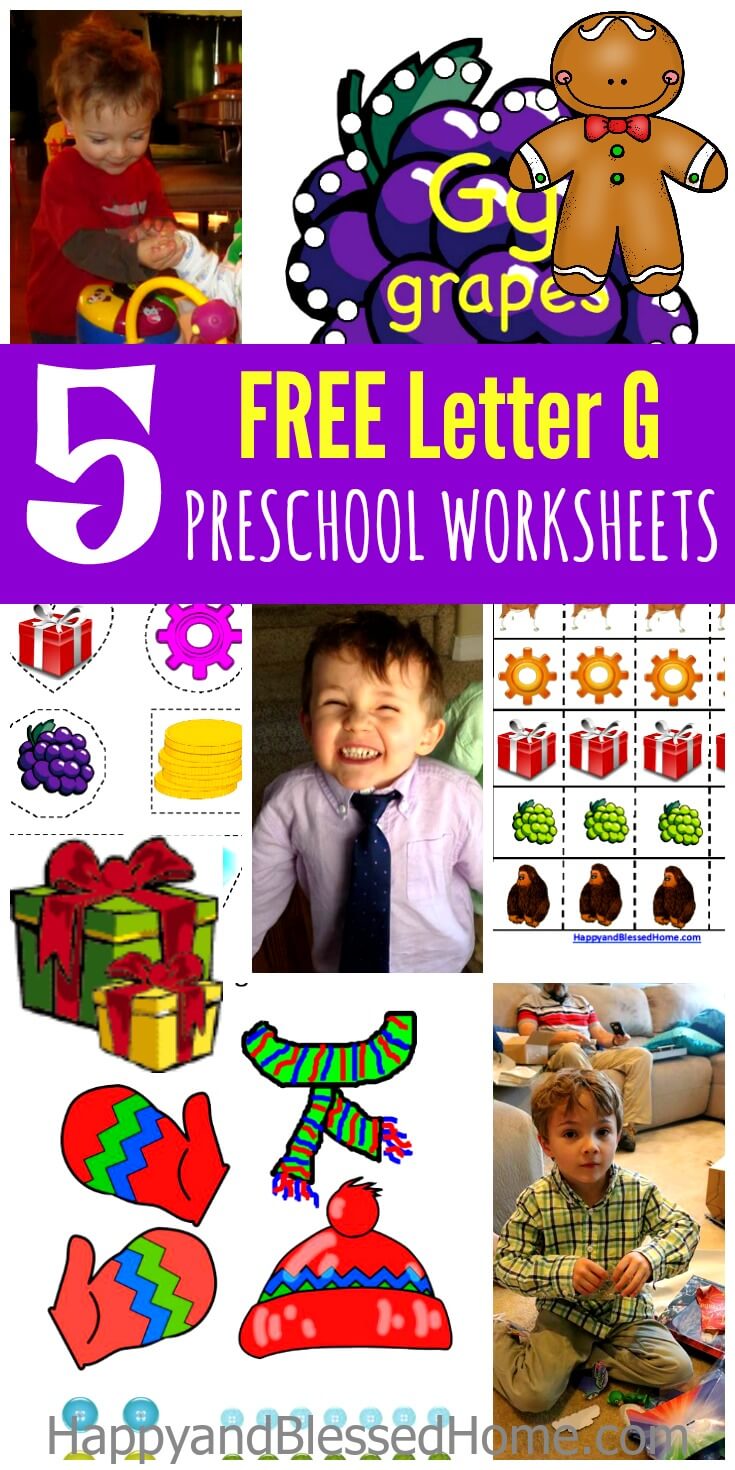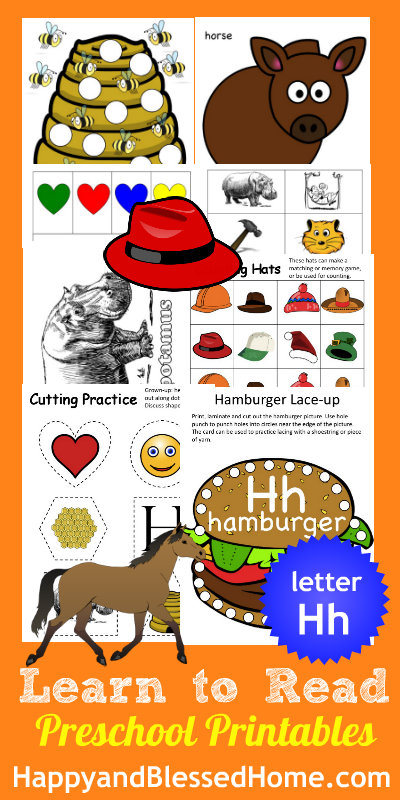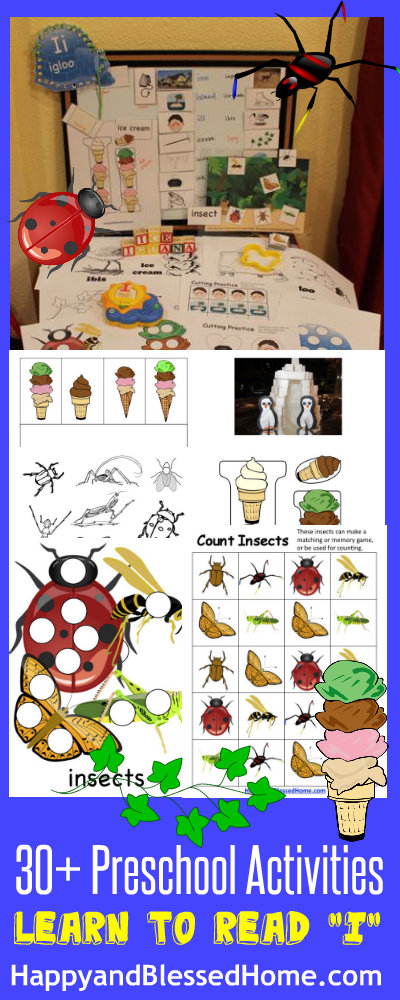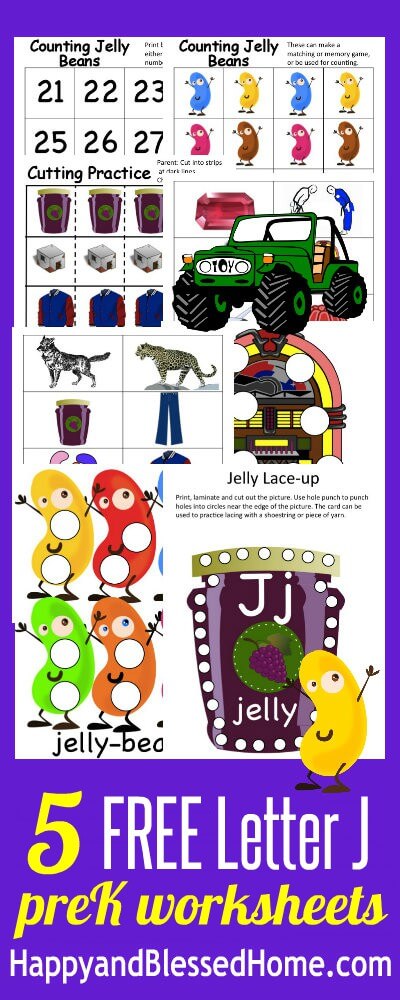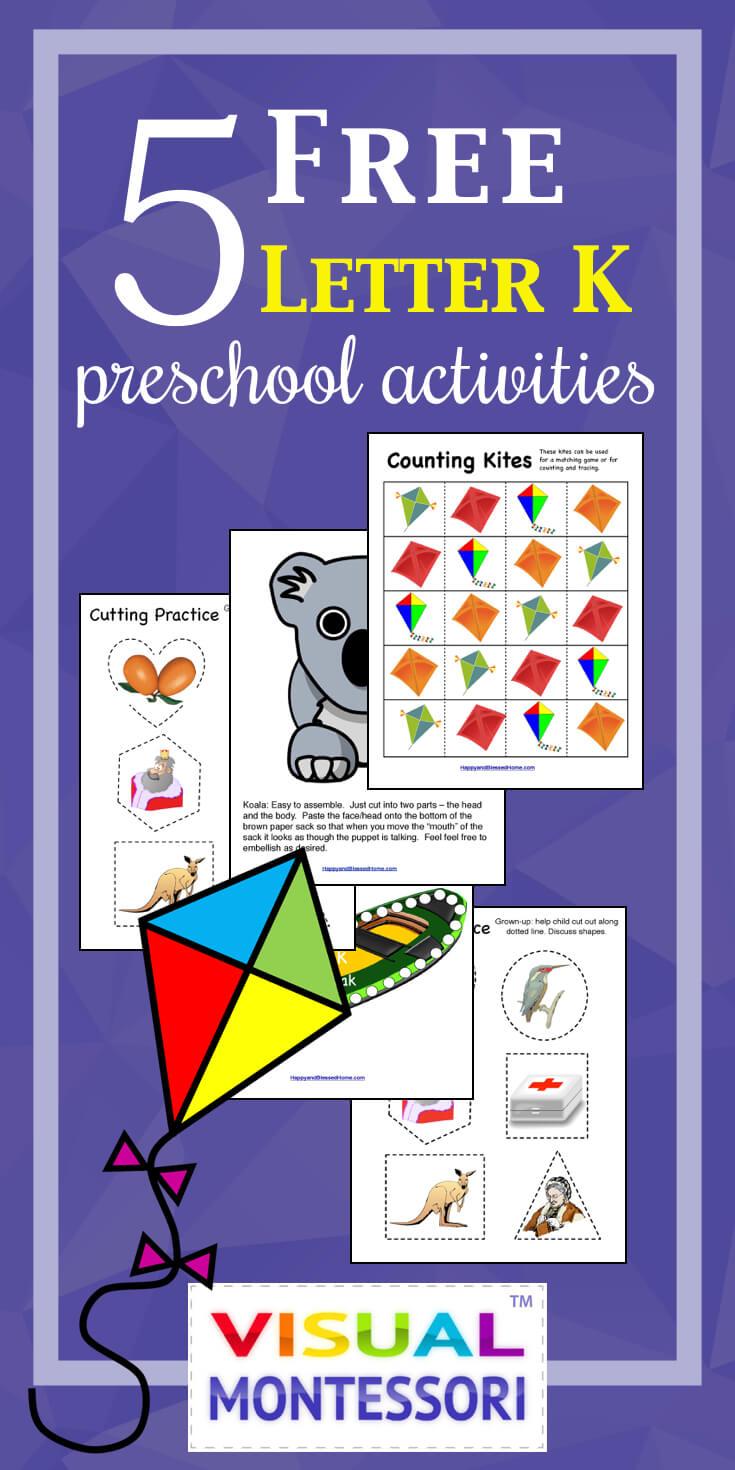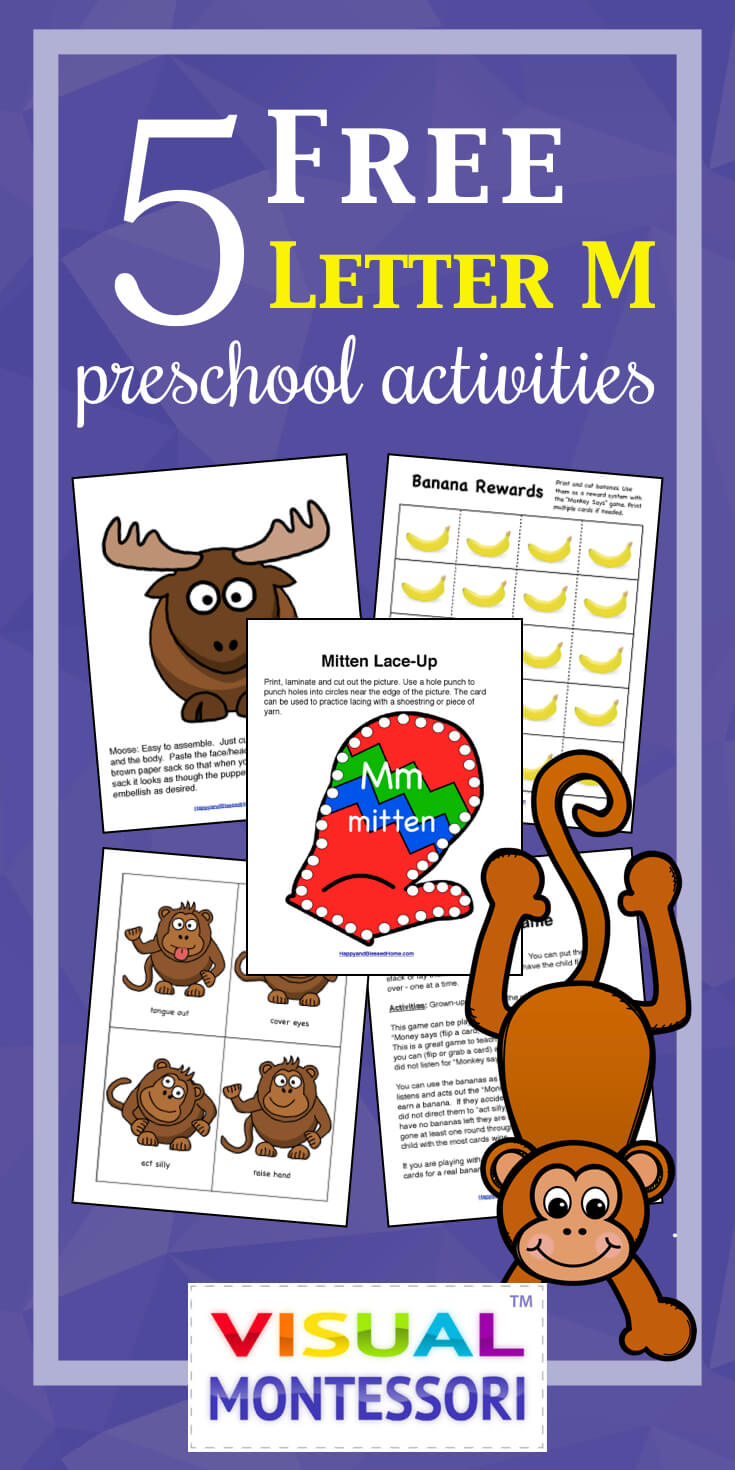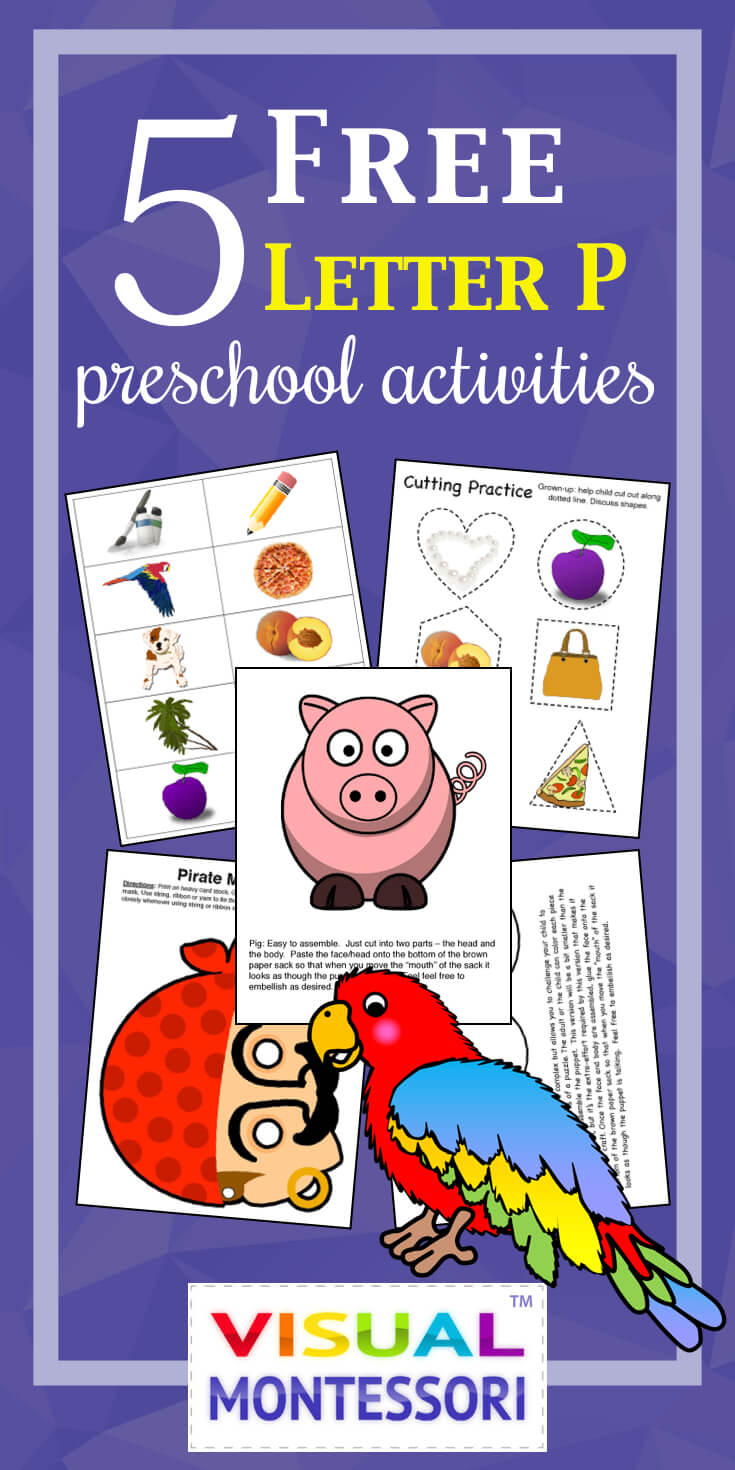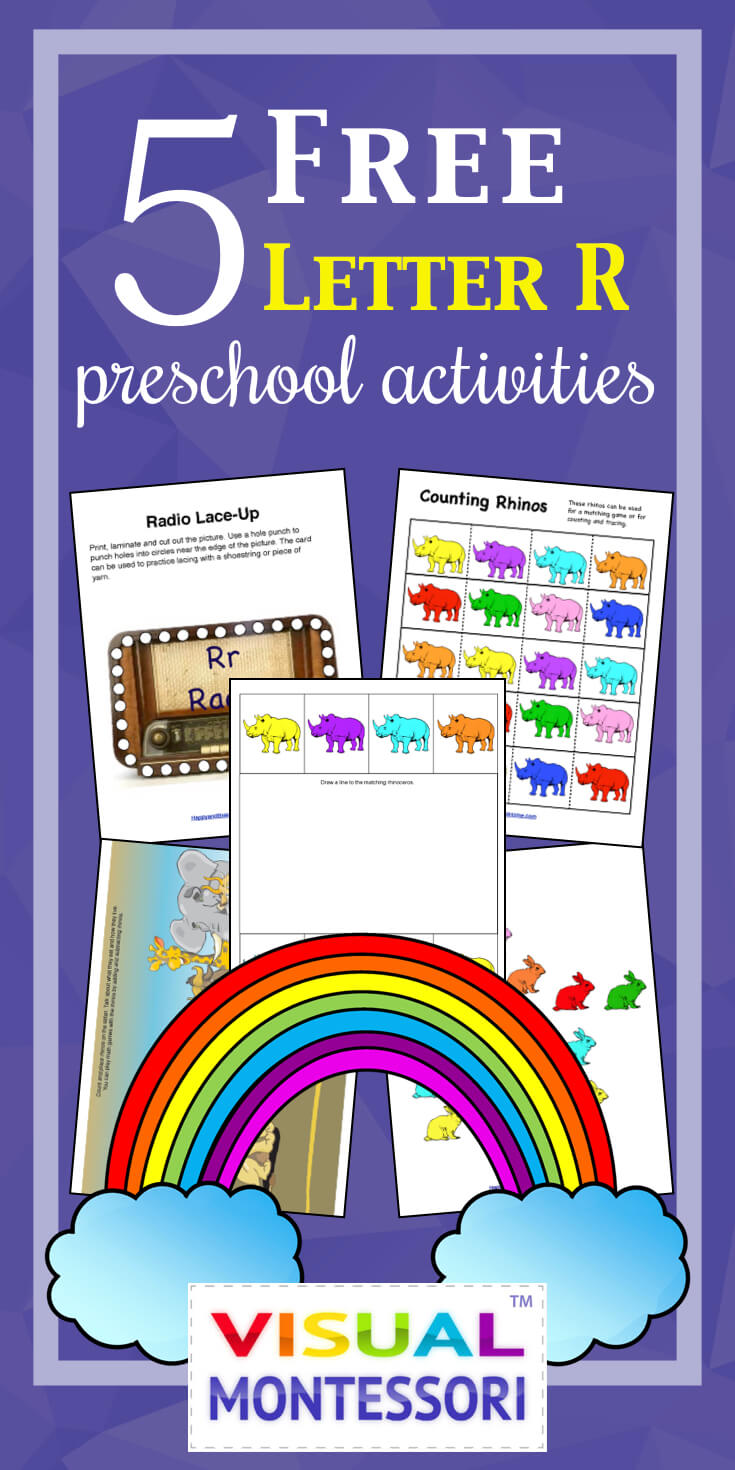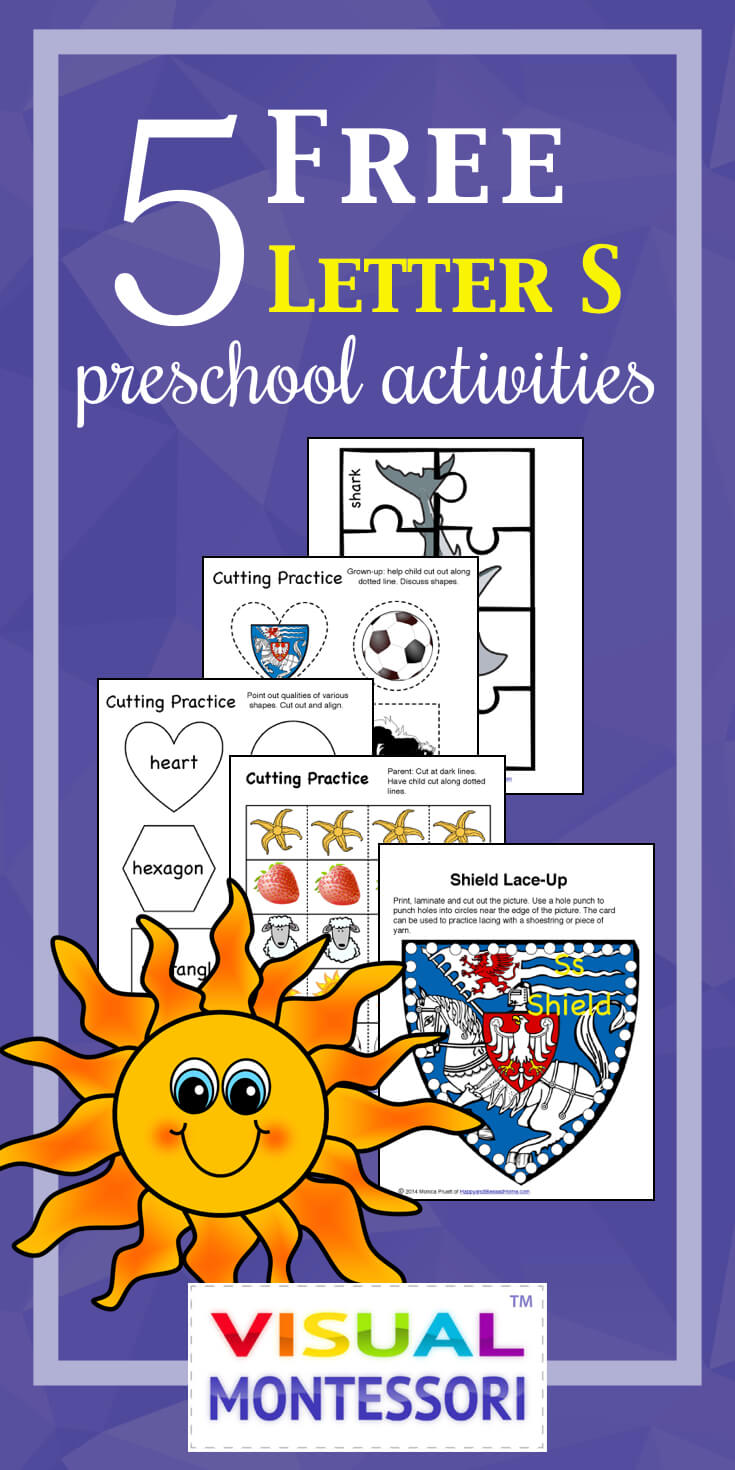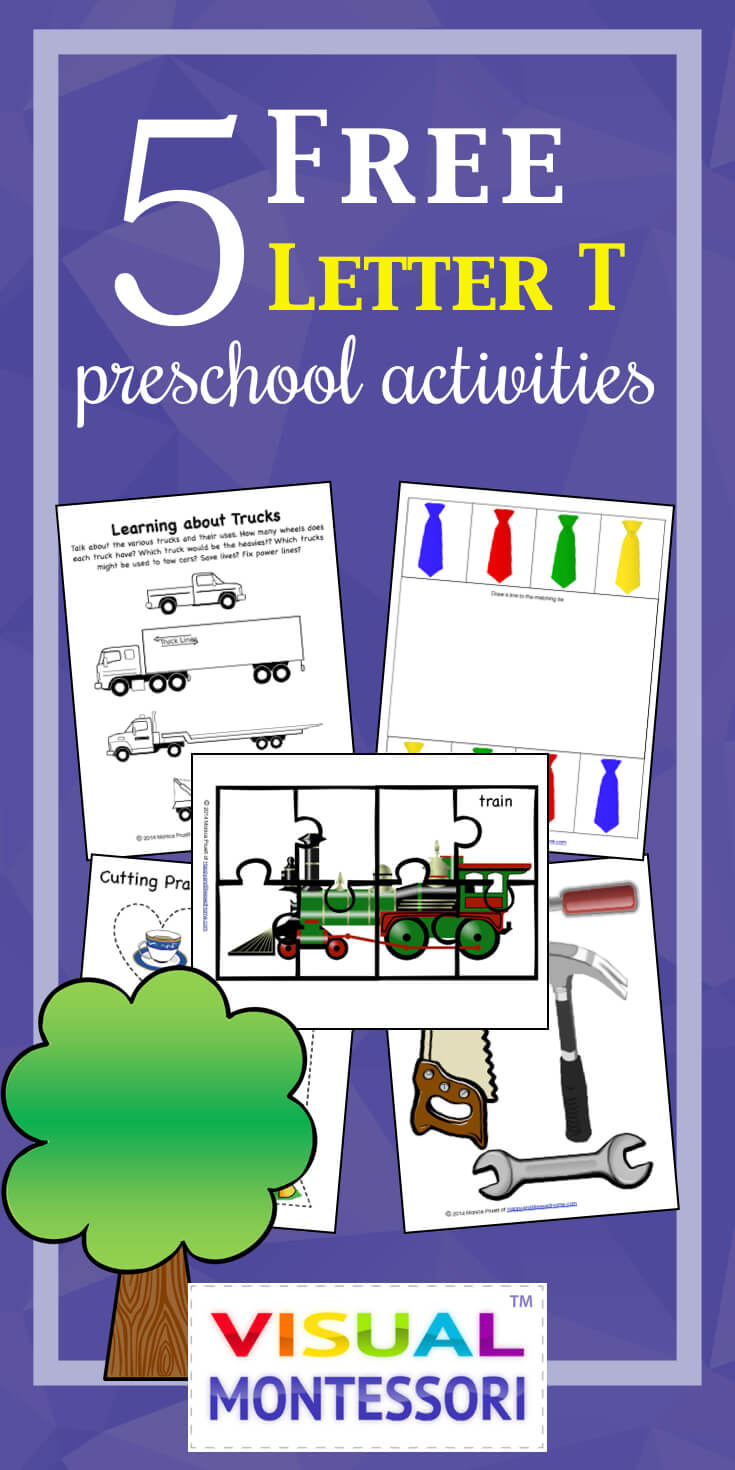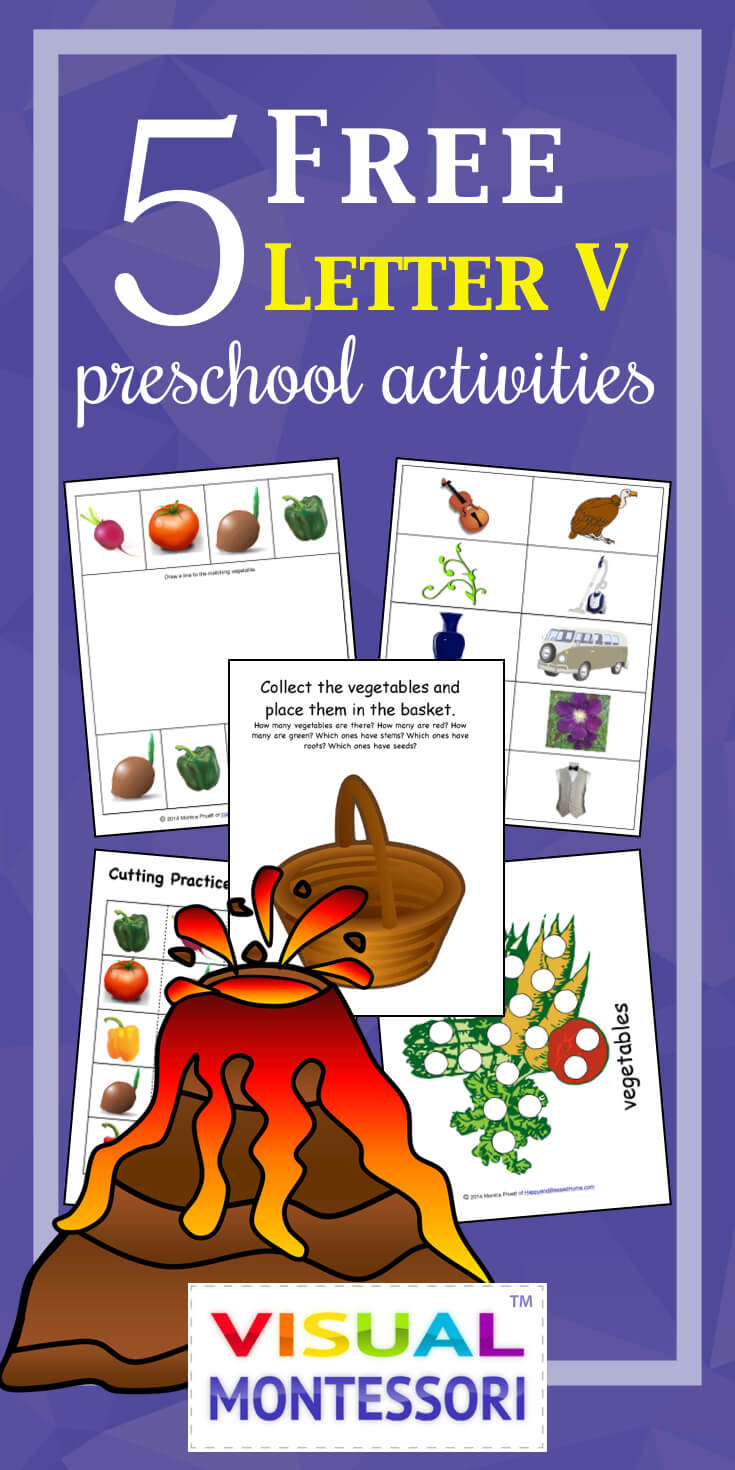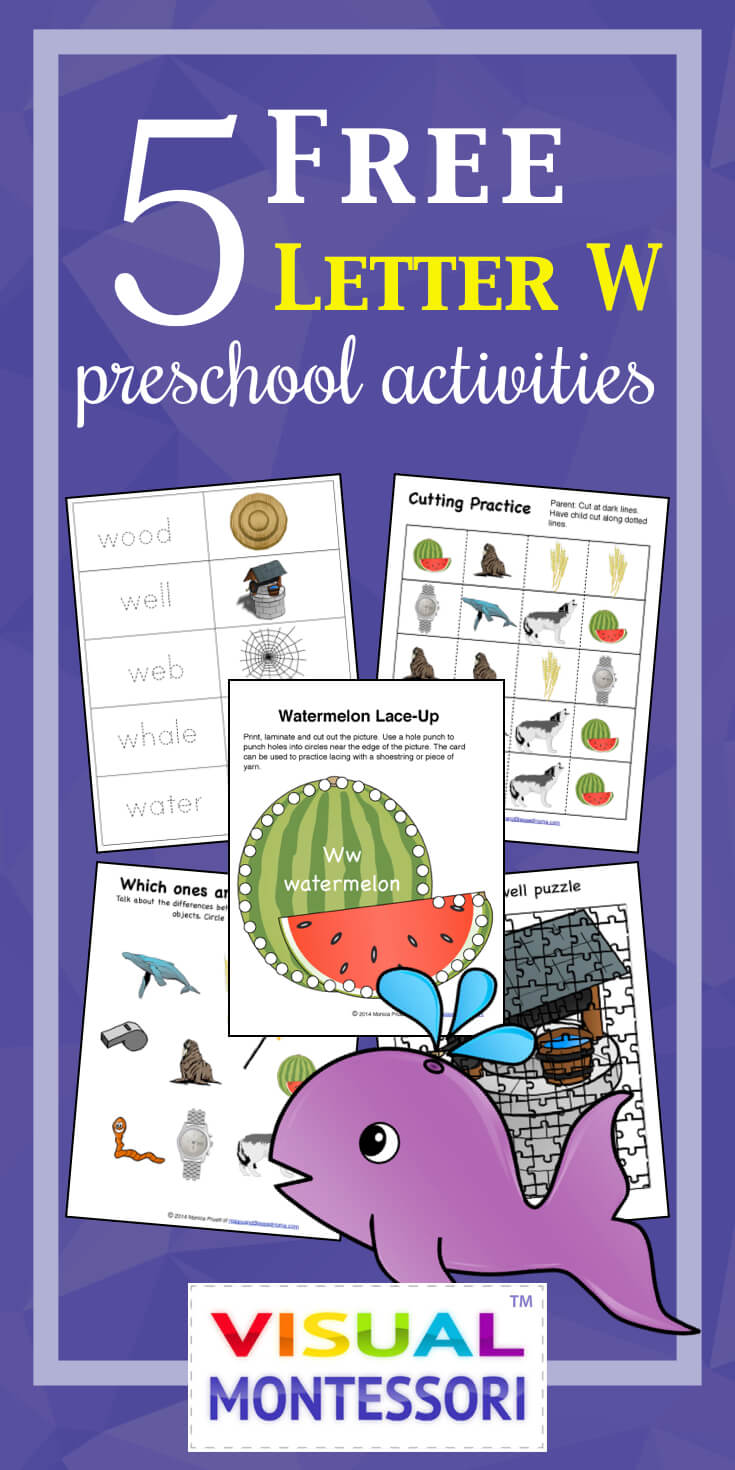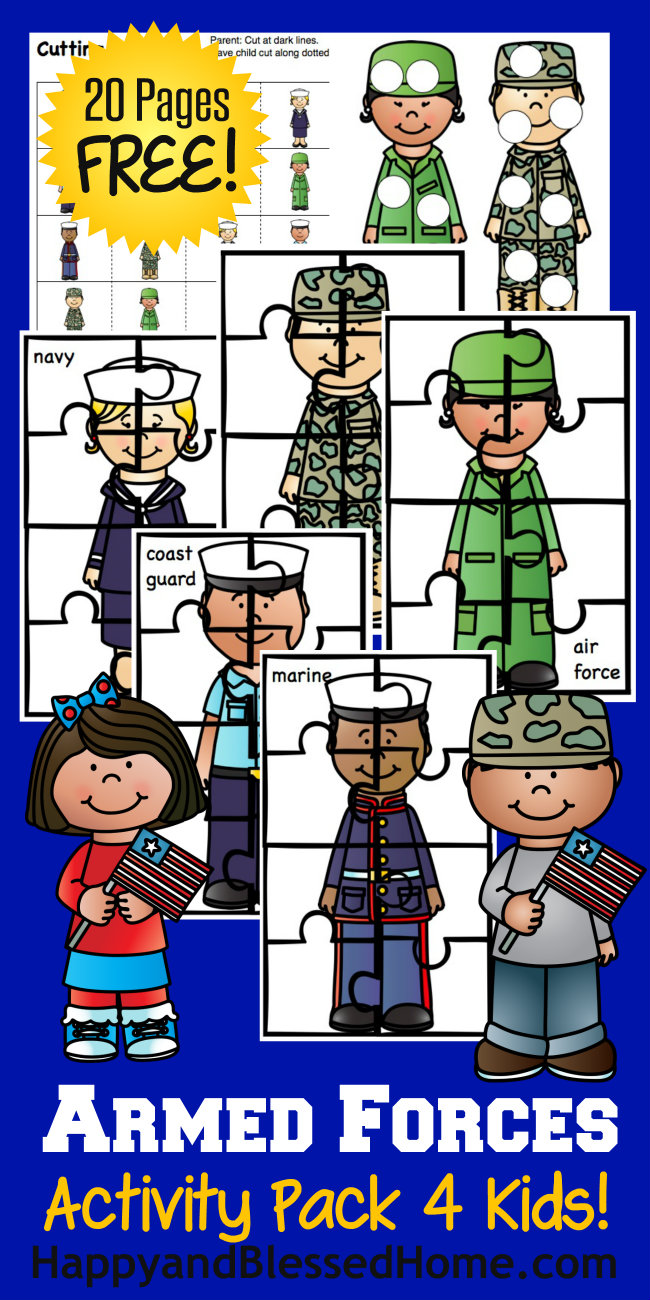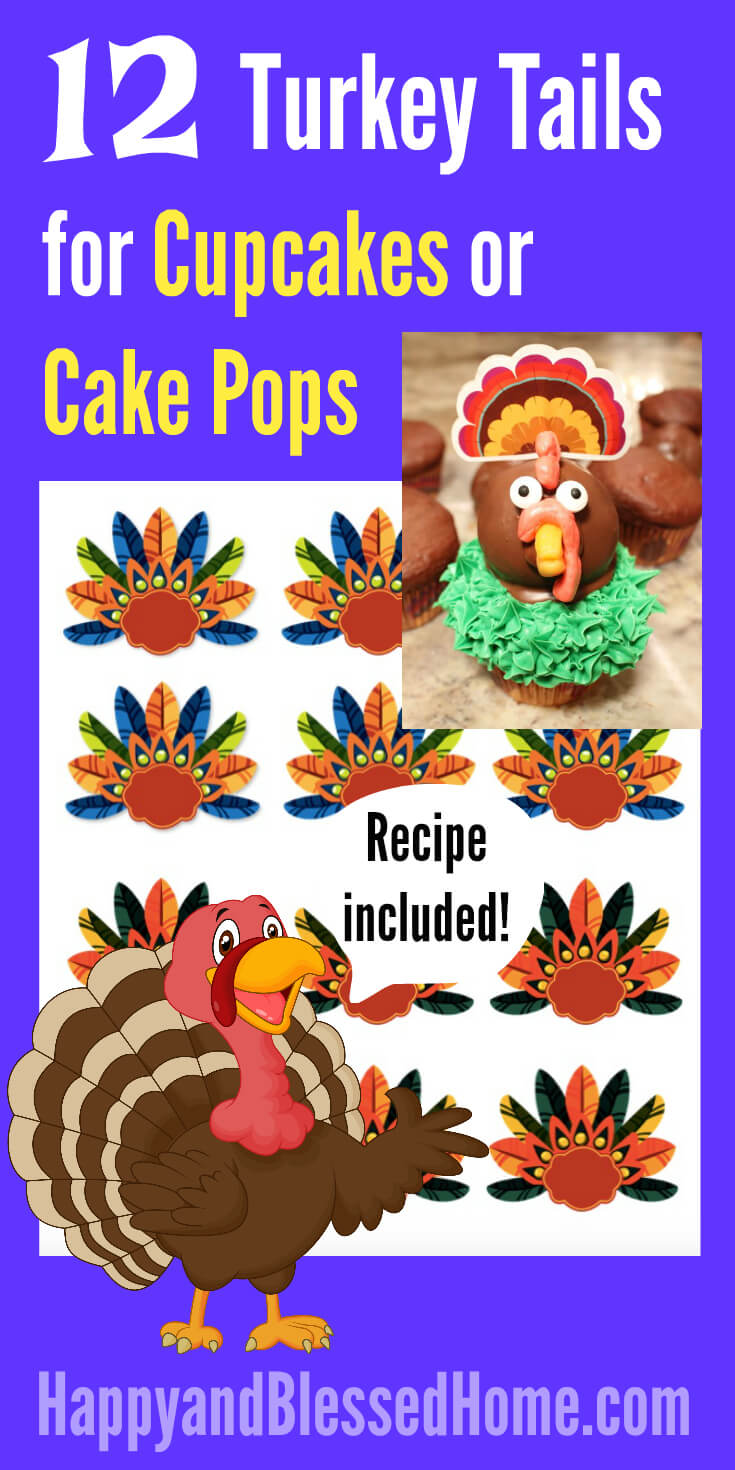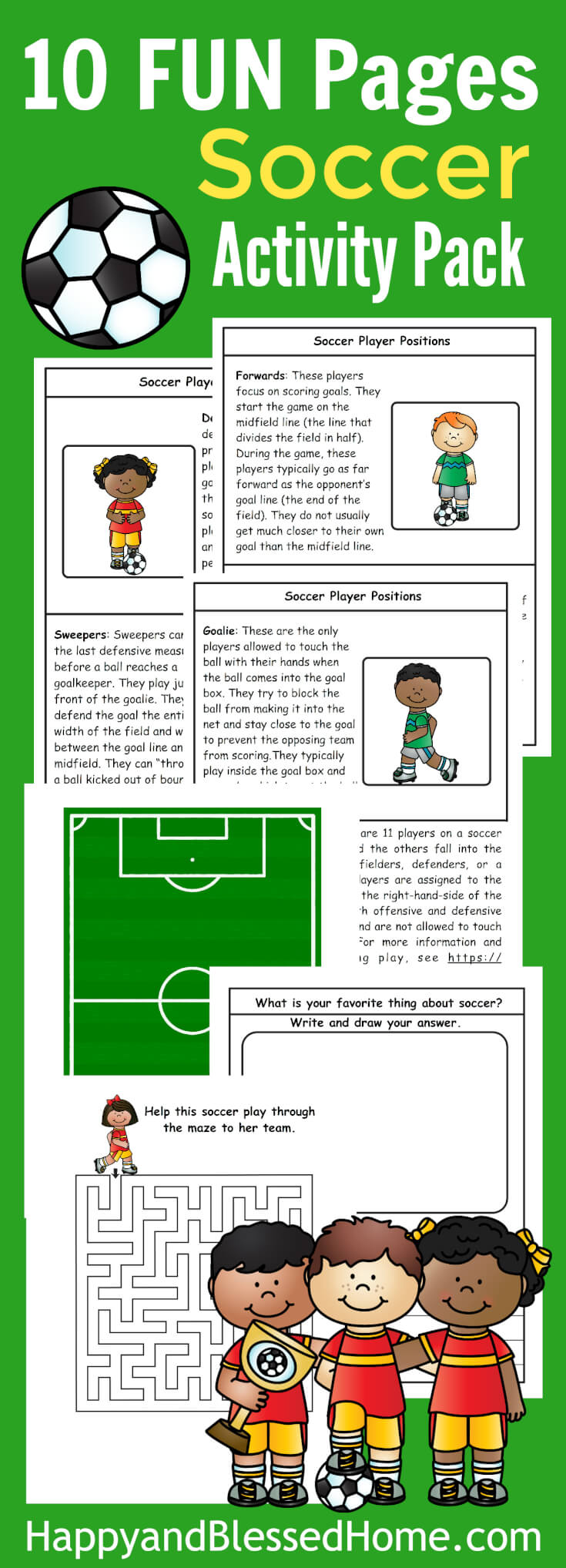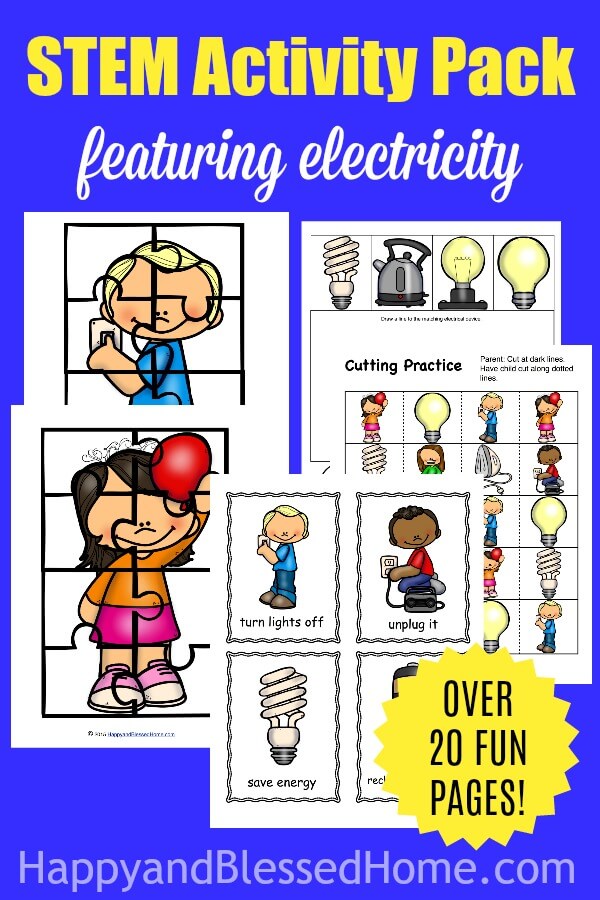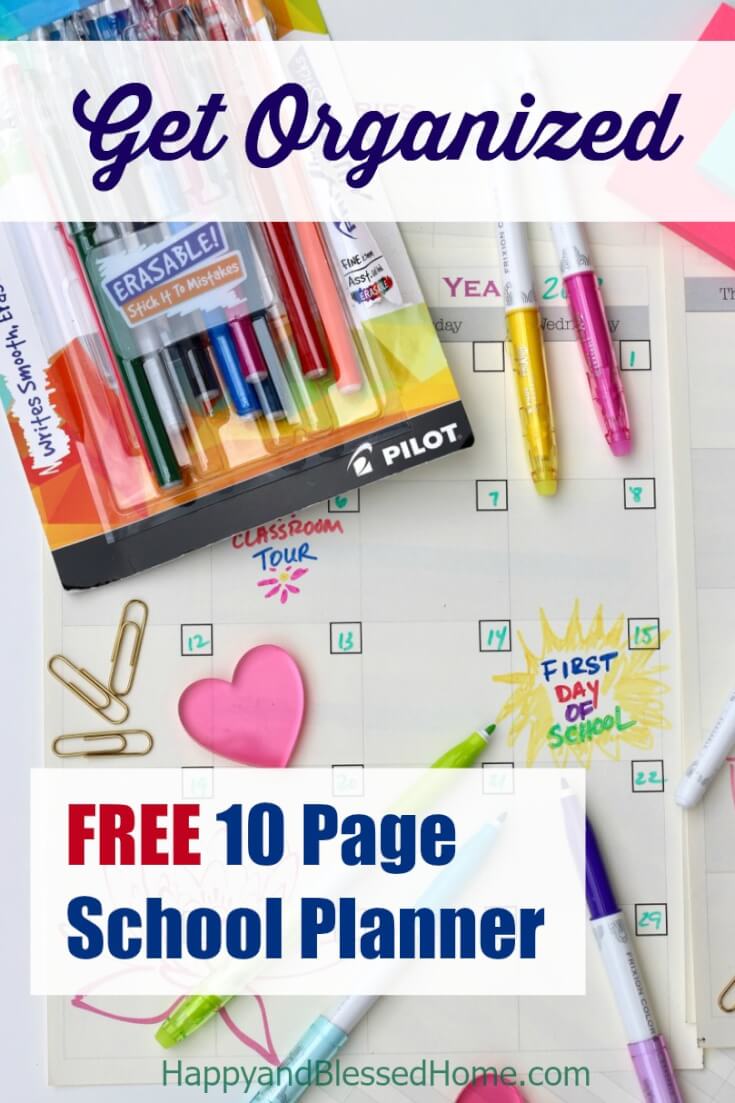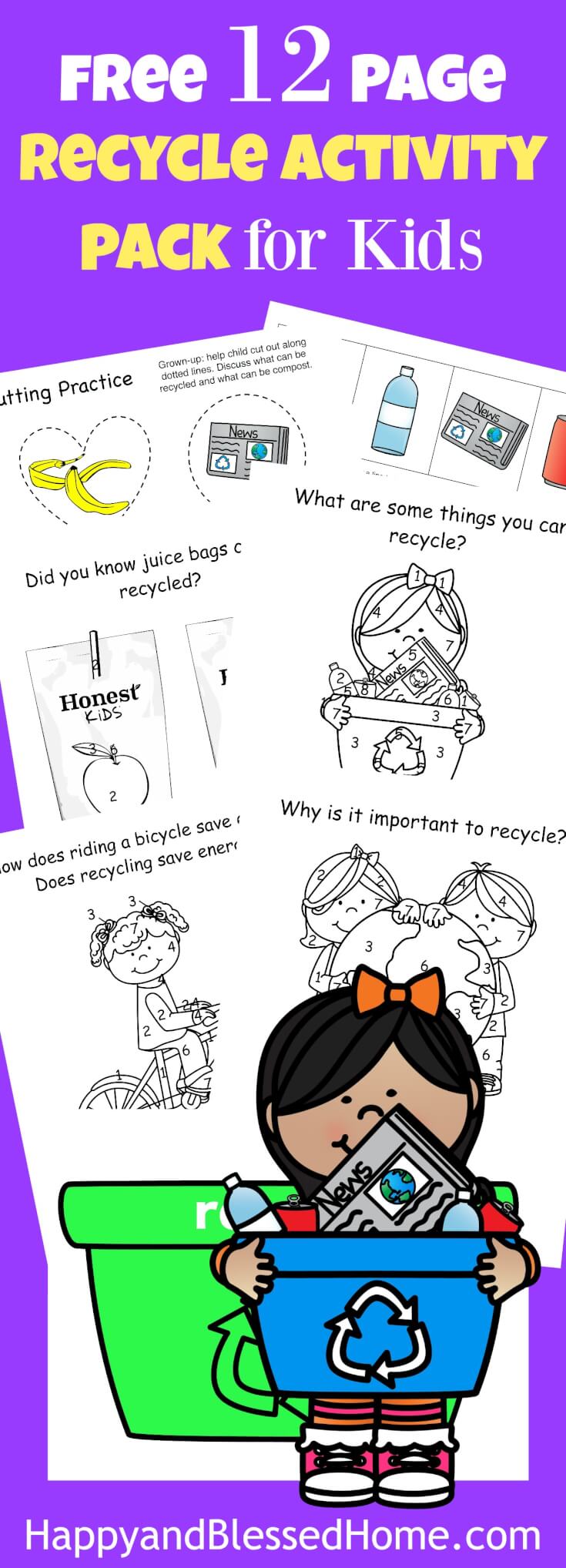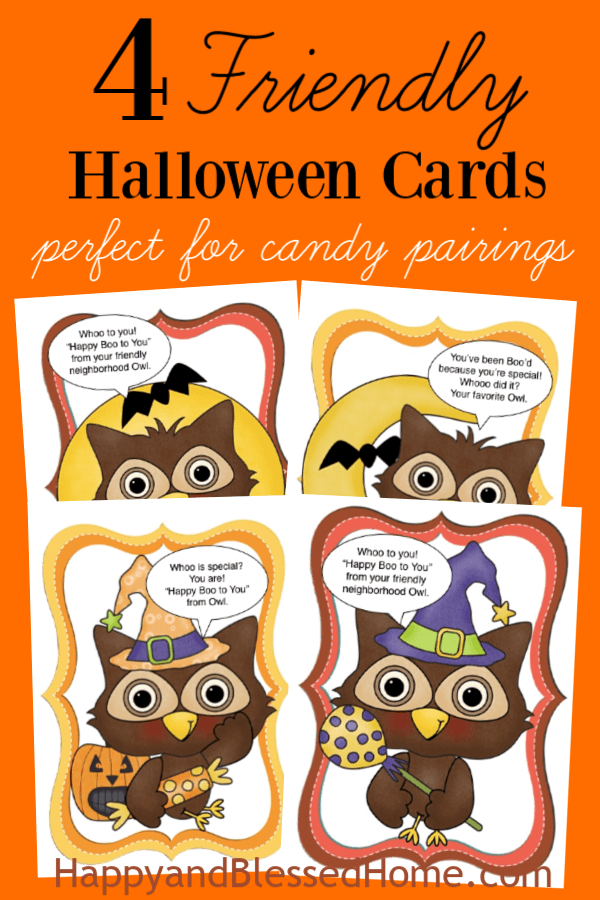A year ago my husband celebrated his 49th birthday. And I baked a family favorite – a chocolate sheath cake with a thick brownie like consistency. And it bombed. It was more fudge than cake and I vowed to find the perfect high altitude chocolate cake recipe before his 50th birthday. 12 Months later I can honestly say – I have the perfect high altitude chocolate cake recipe and if you use it, it not only tastes melt-in-your-mouth chocolatety good – it makes perfect cakes!
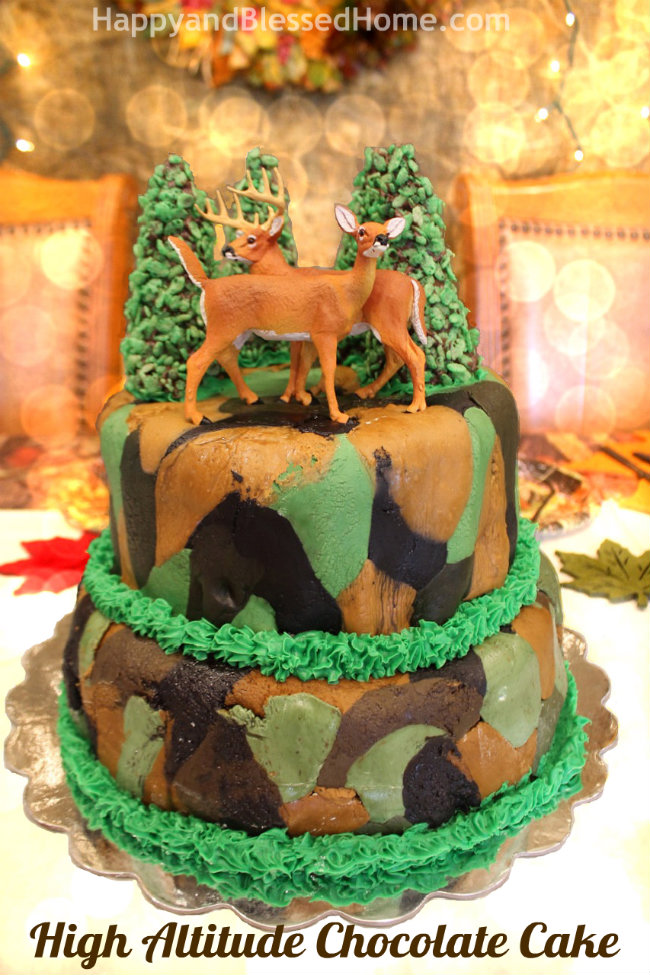
Eight chocolate cakes later… I’ve perfected it. It’s moist, rich, dark and chocolately. And it doesn’t sink in the middle even though I’m baking at 7,500 feet above sea level. If you’ve ever baked at high altitude you know what I’m talking about. If you bake a cake with a sea level recipe you’ll wind up with a cake that sinks in the middle like the Grand Canyon or worse… it sinks like the Grand Canyon AND it overflows the cake pan onto your oven floor.
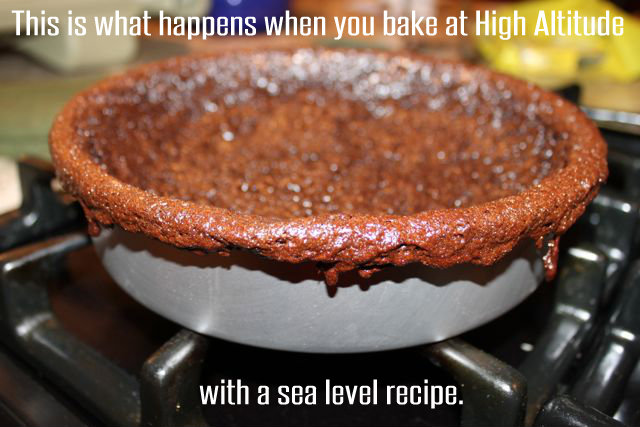
To bake at high altitude you have to make some adjustments to standard recipes. I’ll share here what’s worked for me AND I’ll give you the recipe that made it possible for me to bake the perfect high altitude chocolate cake for my beloved husband’s birthday. We created a hunting themed birthday party to celebrate his 50th. I’ll post more on our party in an upcoming post.
If you enjoy recipes, free printables, crafts and games for little ones, ideas for family fun and encouraging posts for moms, sign up and have Happy and Blessed Home delivered to your inbox. Simply enter your e-mail address here:
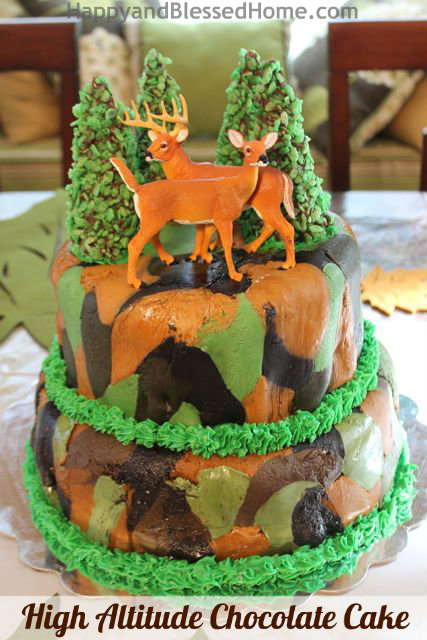
My husband loves the outdoors and this camouflage chocolate cake was the perfect centerpiece to our hunting themed party. This four layer cake took two batches of cake mix. I just poured some mix in each of my cake pans that are two different sizes – one is 8 inch and one is 10 inch and baked through two cycles of cake. I’ll be writing a tutorial on camouflage fondant soon so stay tuned.
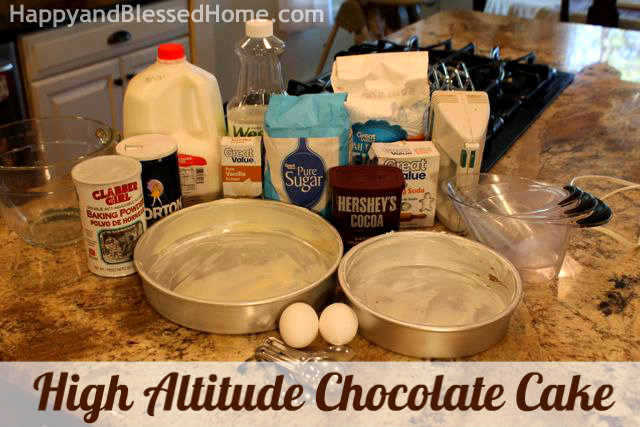
Ingredients
The chocolate cake mix is pretty standard. Our elevation is above 7,500 feet. Adjustments to the ingredients are as outlined below. The recipe (as is) is a sea level recipe. I prepare my ingredients ahead of time in measuring cups to help keep everything organized when baking.
- 2 Cups All Purpose Flour (plus 3 leveled tablespoons of flour to adjust for altitude)
- 2 Cups Sugar (remove 5 1/2 tablespoons of sugar to adjust for altitude – it will look like just a tad over 1 2/2 cups)
- 3/4 Cup Cocoa Powder
- 2 Teaspoons Baking Powder (remove 1/2 teaspoons for high altitude, or use 1 1/2 tsp.)
- 1 1/2 Teaspoons Baking Soda (no adjustment)
- 1 Teaspoon Salt
- 1 Cup Milk
- 1/2 Cup Vegetable Oil
- 2 Eggs
- 2 Teaspoons Vanilla Extract
- 1 Cup Boiling Water (add 4 tablespoons water for high altitude)
* The 3 leveled tablespoons of flour helps give the cake additional body. The purpose is to reduce the “caved-in appearance” of the cake when it comes out of the oven. You may have to adjust the water/flour ratio for your oven and elevation. Keep in mind that the more flour you add the drier your cake. The more water you add the more moist your cake. It’s a delicate balance. Be as precise in your measuring as possible.
A little table to help you when making High Altitude Baking Recipe Adjustments. It’s nearly impossible to give you exact adjustments for every scenario because it depends not only on your altitude, but your oven temperature, humidity and other uncontrollable factors in the environment. It never hurts to make a test cake or two if you have an important event coming up. Just try these adjustments until you get the right combination for your altitude and environment.
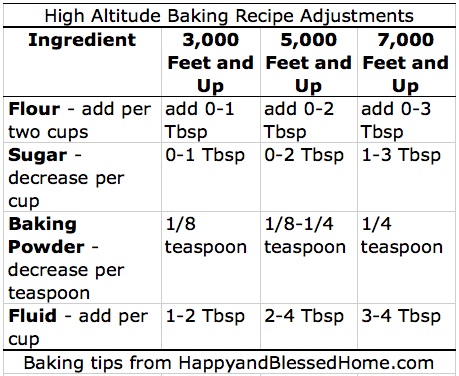
Kitchen Tools I recommend:
Affiliate links included for your convenience. 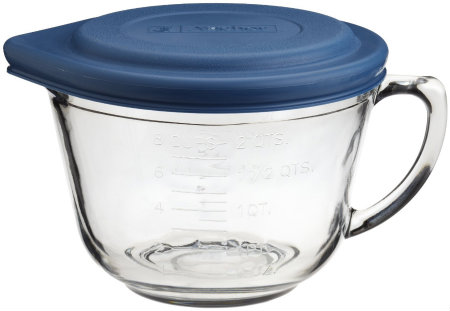
This 2 Quart Mixing Bowl is oven-proof, dishwasher safe, microwave-safe, and includes a plastic lid for storage. A mixing bowl with a handle is key when you’re pouring a mix from the bowl into a baking dish. Plus it gives you something to hold onto while you’re mixing. At about $20 – it’s worth every penny to have a decent mixing bowl in your kitchen.
When it comes to measuring cups, read the fine print. Some measuring cups say “microwave safe” but also make the disclaimer that their plastic microwave safe properties does not include oils or fats. Many baking recipes call for “softened” butter. If you think there is a chance you’ll be softening butter in the microwave, you’ll want glass measuring cups like the ones I’m featuring here. If you go for plastic, just make sure you know if the plastic includes safe use of heating oils and fats in a microwave oven.
How about an inexpensive handheld that also converts to a stand mixer? You should look at this Stand/hand mixer by Hamilton Beech. At about $30, it’s the #1 seller on Amazon for Kitchen/Home Supplies and has high rankings. I’ve had my Hamilton Beech mixer for over a decade and it still performs beautifully.
I am very picky when it comes to scrapers or spatulas. I can’t stand scrapers that can’t take the heat – who wants plastic melted into their food? Or scrapers that are two pieces – I don’t want weird remnants from a previous recipe winding up in my food because they eked out from between the handle and the paddle. I want a scraper that is created from a single piece mold. If you are looking for the same qualities, I think you’ll like this di Oro Living Silicone Spatula Set. These are created from a single seamless one piece design from pro-grade non-stick rubber with a stainless steel core. They are heat resistant in a gorgeous red and they come with a lifetime guarantee.
When it comes to cake pans, I highly recommend Wilton. They are the experts in baking and their products truly perform in the kitchen (and they did not pay me to say that). If you are baking at high altitude, I recommend a three inch deep pan. This will help reduce messes as it will help you keep batter inside the pan – and not on the floor of your oven. This set includes 8-inch, 10-inch, 12-inch, 14-inch pans; each pan 3 inches deep. They are made from anodized aluminum, and provide even heating for exceptional baking performance. Hand washing is recommended for these pans. This cake pan set is right around $30. If you’re shopping for pans, please click my link and follow it to Amazon. There you’ll find loads of options for cake pans. A single pan will usually run you around $10.
How to Bake the Perfect High Altitude Chocolate Cake in 12 Steps
Step 1 – Preheat your oven to 350 degrees.
Step 2 – Flour the Cake Pans. The first step is to butter and flour the cake pans. You can use butter or shortening. I personally prefer butter and I’m going to share pictures to show you why.
This cake pan was greased with shortening. You’ll notice a crust of shortening and flour on the outer rim of the cake.
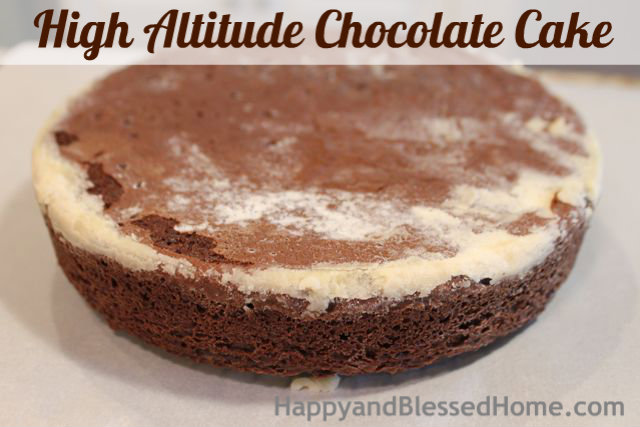
This cake pan was greased with butter. Nothing on the edge of this cake except maybe some yummy buttery texture baked right in. I realize shortening lasts forever and is easier to store. But there is no substitute for butter.
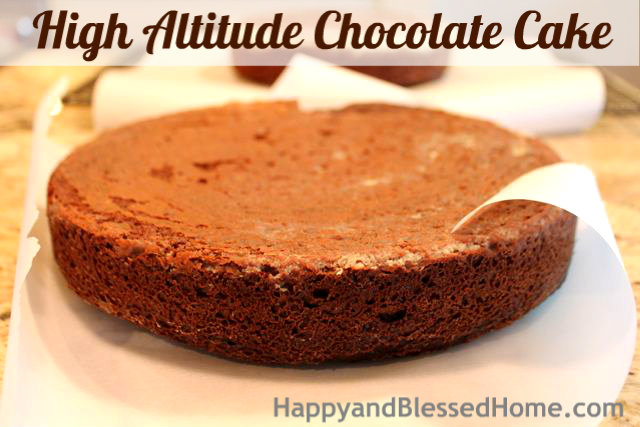
Step 3 – Measure and adjust your ingredients. It’s the measuring and adjustments that get tricky. The sea level version of this cake calls for two cups of sugar. I decreased the recipe by 5 1/2 tablespoons and got just a tad over 1 1/2 cups of sugar. I use a separate measuring cup for each ingredient and have it all in front of me so I can double and triple check before combining ingredients. While you are measuring your ingredients, set your 1 cup of water (plus four tablespoons) on the stove to boil. Pay attention – it doesn’t take long to heat and you don’t want your one cup of water to evaporate.
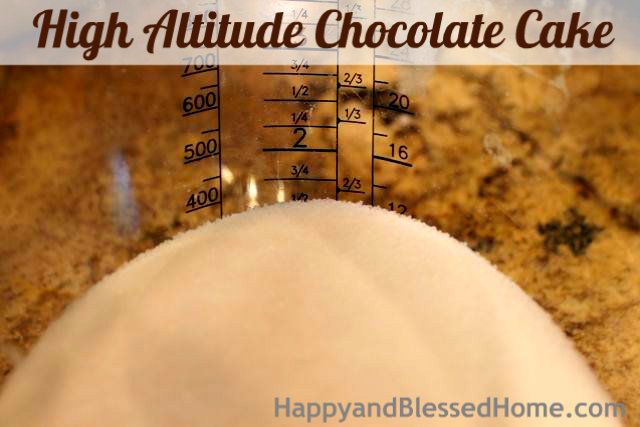
Step 4 – Mix the Dry and Wet Ingredients Separately. I recommend mixing all of the dry ingredients in one bowl and all of the wet ingredients in another bowl before combining them. I think this makes for a better distribution of ingredients. When you combine the two, you’ll add everything except the boiling water.

Step 5- Mix the Dry and Wet Ingredients Together. At first your mix will seem thick. Don’t worry, the boiling water is next. You will need a blender to get the even distribution you need for this mix. I’ve not purchased a stand mixer, but hope to someday. In the meantime, my trusty hand-held Hamilton Beech Mixer has worked well for all my baking endeavors thus far!
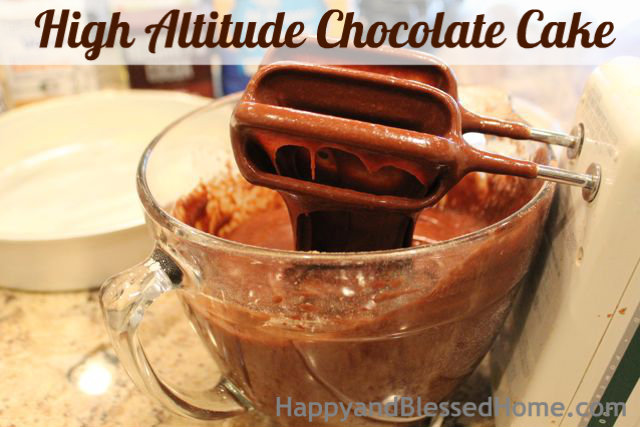
You add the boiling water last. After you add the boiling water your mix will look thinner. Like this:
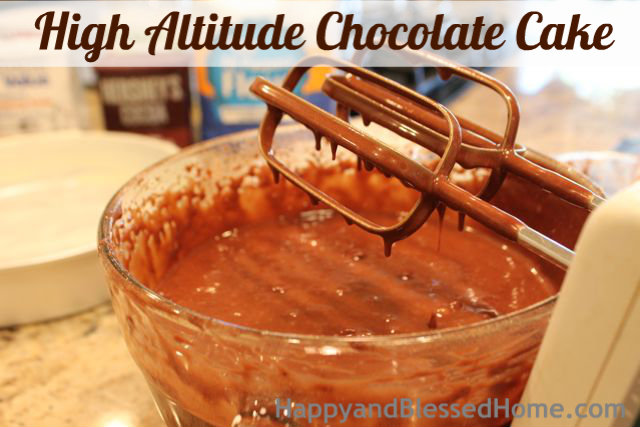
Step 6 – Beat Air into the Batter. It’s also very important to beat air into the mixture. This greatly effects the texture of the cake.
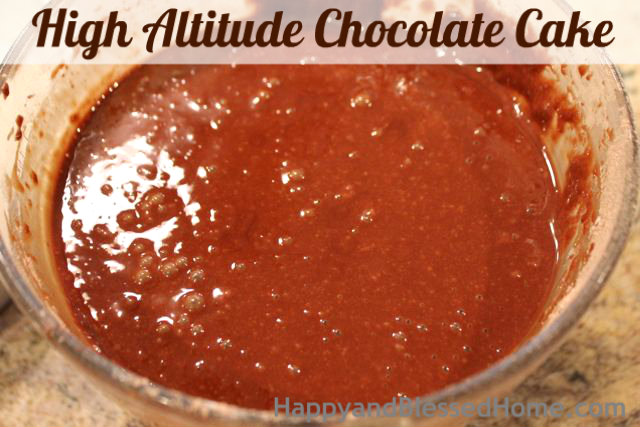
Step 7 – Pour the batter into your cake pan(s). You’ll want to distribute your cake evenly into your cake pans – from a depth perspective. You can use two cake pans of the same size (say 8″) or use two of a different size – I used an 8″ and 10″. If you are baking a single rectangular cake pan you just pour the entire mixture into it – make sure it does not exceed 2/3rds of the cake pan in depth – else you may have overflow.
Step 8 – Bake the Cake. For my 8″ and 10″ cake pans, I baked them for 35 minutes. Your cake is ready to come out of the oven when a toothpick that’s been inserted into the center of your cake comes out clean.
Step 9 – Let the cake sit to cool. After baking, you’ll need to let the cake sit for 10-15 minutes to cool before you dump it free from the cake pan. Don’t wait too long, it will stick to the pan and be harder to dislodge later. You may notice a slight dip in this cake, but it’s a huge success compared to the epic fail cake from the sea level version.
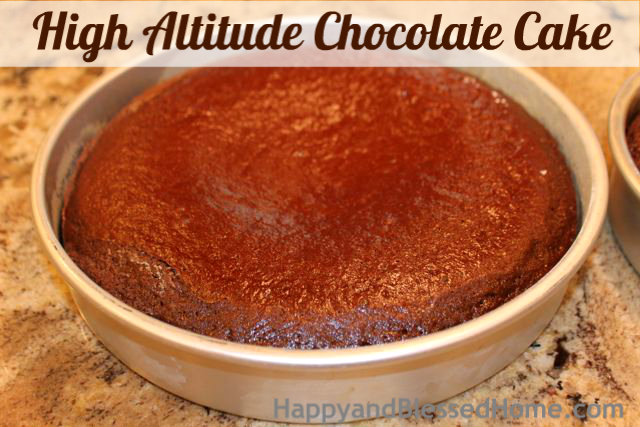
Step 10 – Trim to fit. If you are stacking multiple layers you may want to trim the cake a bit. I piled any high ledges into the center of the bottom level cake.
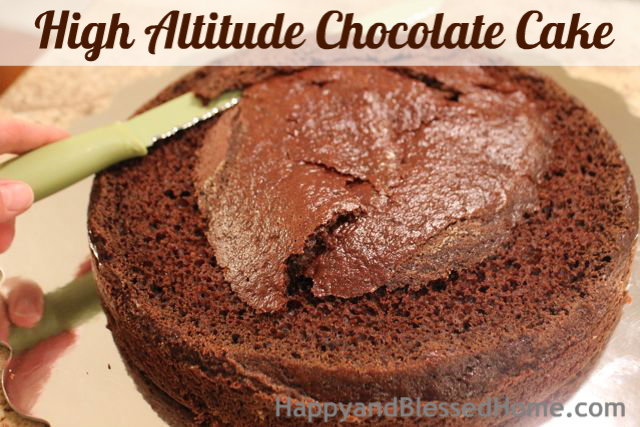
Step 11 – Frost in-between and Stack Layers. I frosted over the top of the cake and the “hill” I created and then flipped the next layer (no trimming on that layer needed) upside down so the hill filled up the slight indentation on the cake layer above.
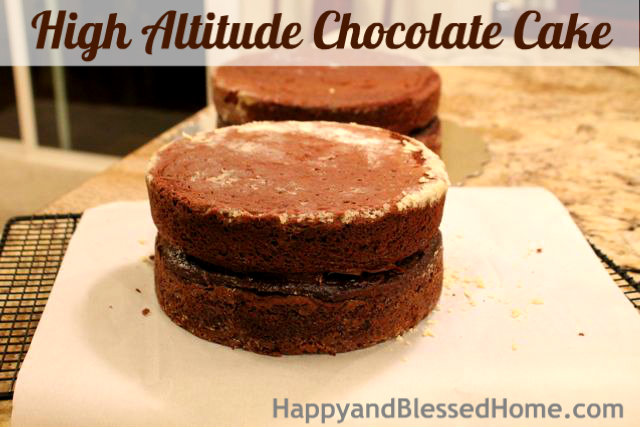
Step 12 – Assemble and decorate the cake. Since my cake was four layers high, I traced my small 8″ cake pan on a piece of cardboard and cut a circle out of the cardboard. I then covered the cardboard in aluminum foil and slid my 8″ double layer cake onto the cardboard. For the bottom layer, I took popsicle sticks and held them up to the side of my cake and trimmed them to be the same height. I inserted four trimmed popsicle sticks into the bottom two layers of my 10″ round cake like the corners of a square. This created pillars to help hold the weight of the top double-layered 8″ round cake.
To layer all four layers, with the bottom two 10″ rounds frosted (in-between frosted) and stacked – with the four popsicle sticks inserted, I stacked my double layered and frosted (in-between frosted) 8″ round cake. The 8″ round cardboard and aluminum covered “floor” was layered between the 10″ and 8″ pieces. You have to separate the top 8″ round cake from the 10″ round cake before you cut this four-layer birthday cake. You can easily frost over the aluminum foil “floor” and pipe it with additional frosting to hide the infrastructure.
For this particular cake, I frosted the 10″ bottom level cakes with chocolate frosting and then covered the 10″ cake in fondant. I then inserted the four popsicle sticks and layered on the top two 8″ rounds.
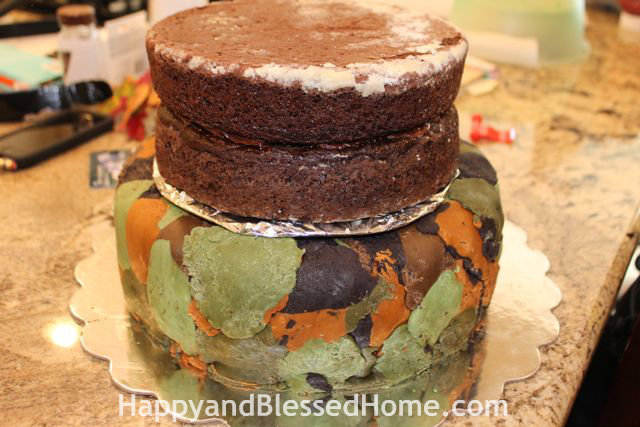
With all four cakes stacked, I frosted the top two 8″ rounds in chocolate frosting. Then I layered on the camouflage fondant. I trimmed and fit the fondant and then piped on a decorative green floral decoration along the two bottom edges of my cake. I’ll be publishing a tutorial on the trees and fondant soon. I purchased the deer at a local hobby store.
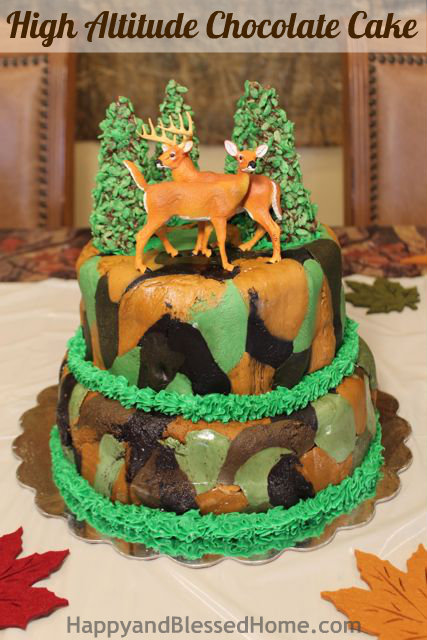
For a glimpse at some of my earlier chocolate cakes:
I actually used a non-perfected version of this recipe earlier this year with some success on my son’s Sesame Street Elmo Birthday Cake. BTW – I’ve published some awesome FREE Sesame Street Birthday Printables to help families decorate for a Sesame Street Themed birthday party. It is one of my all-time highest viewed posts. Make sure to check it out if a Sesame Street Birthday party is in your future.
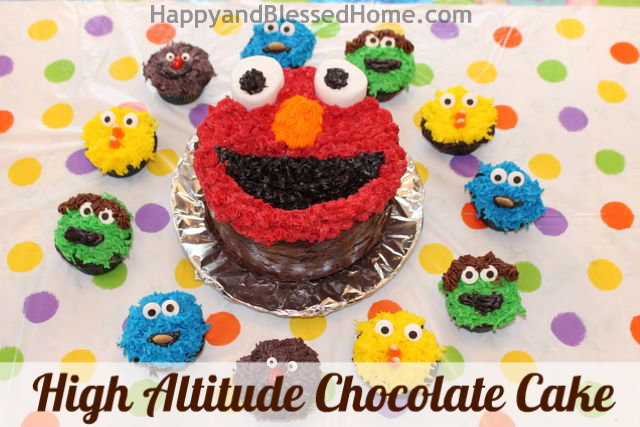
One of my earliest attempts were these cookie monster cupcakes (for my youngest son’s birthday). They came out OK but were sunk down instead of raised. I shot the photograph of the cakes from above to hide some of the indentation. I’ve adjusted the recipe to accommodate for this – new cupcakes will not sink.
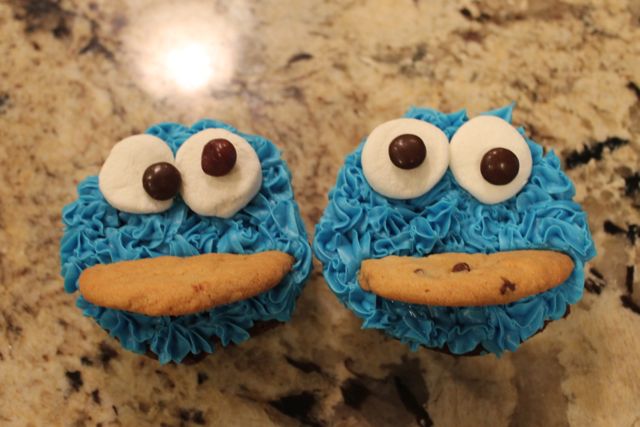
I hope these tips for creating the perfect high altitude chocolate cake are helpful for you. If you use these tips and bake a cake, send me a photograph – I’d love to feature you on my blog.
Happy Baking!
Blog / Facebook / Pinterest / Twitter /Google + / Bloglovin’/ Instagram
P.S. – I blog to encourage moms, offer free preschool tools, and share ideas for family fun. If you enjoy recipes, free printables, crafts and games for little ones, ideas for family fun and encouraging posts for moms, sign up and have Happy and Blessed Home delivered to your inbox. Simply enter your e-mail address here:
Thanks for being a fan! If you love this post please help me share it by pinning it on Pinterest – thank you!
